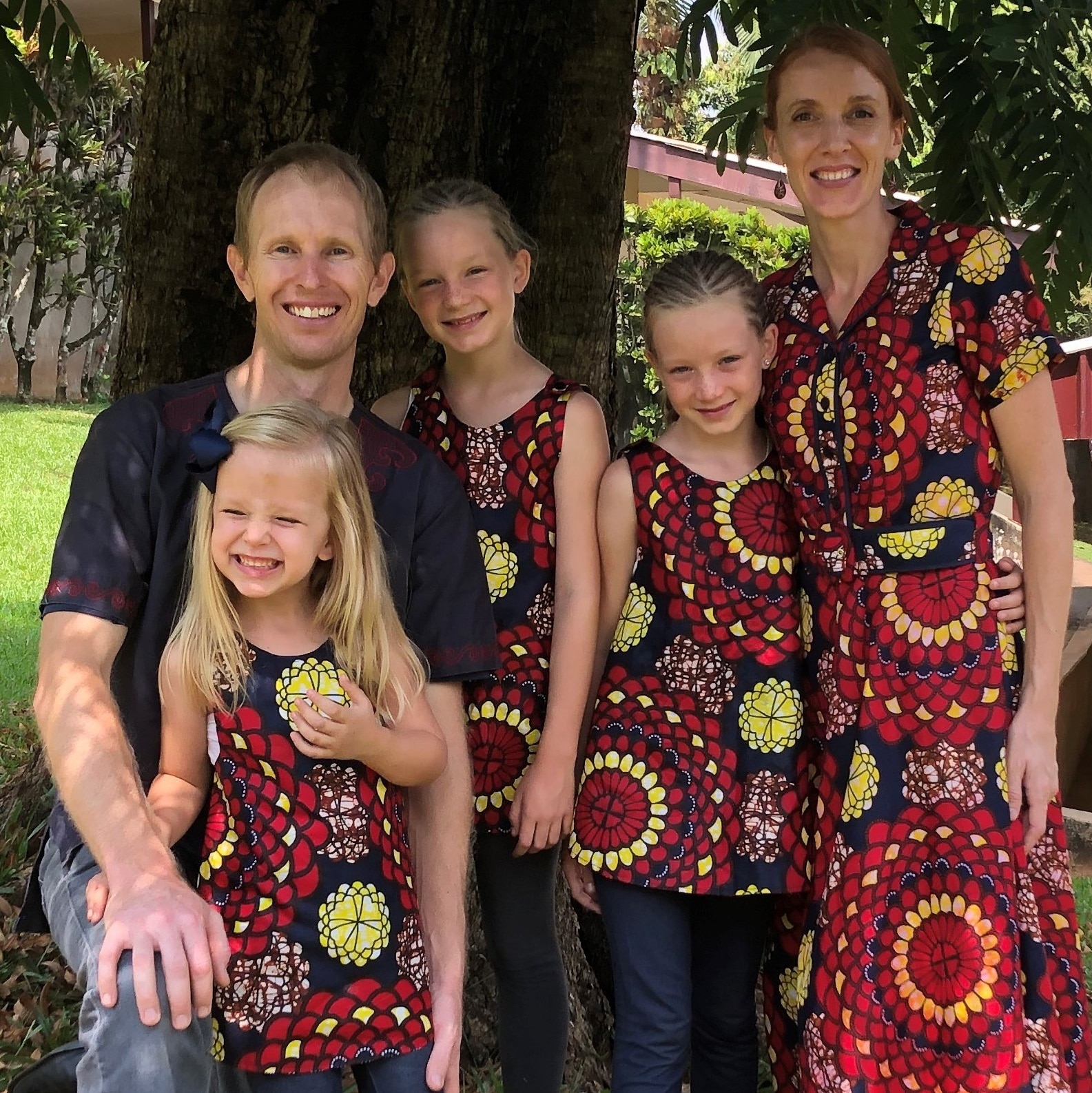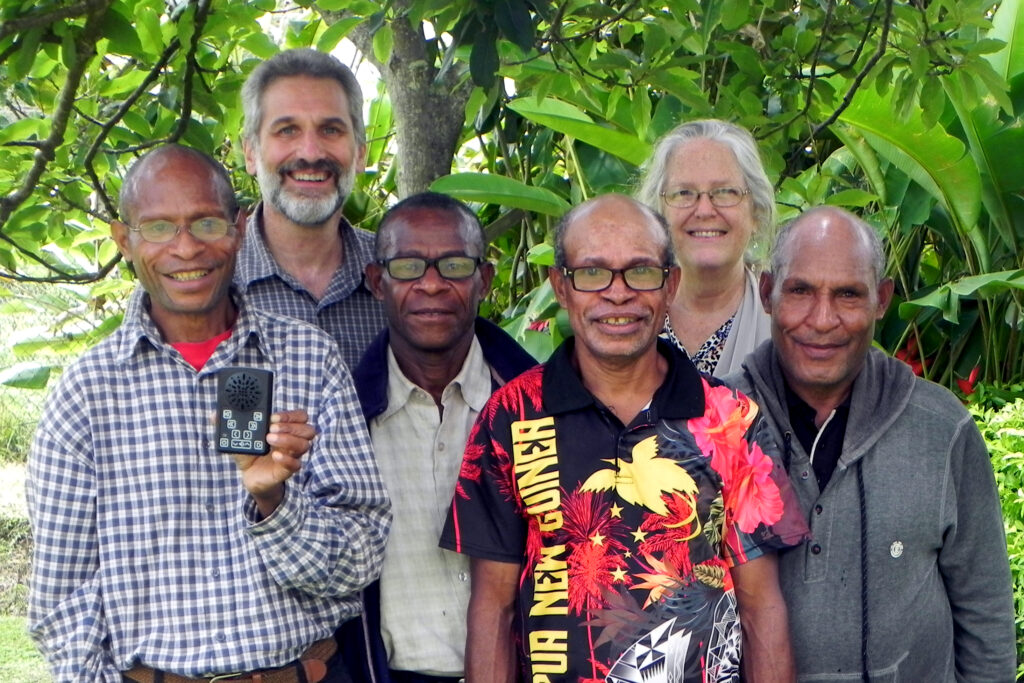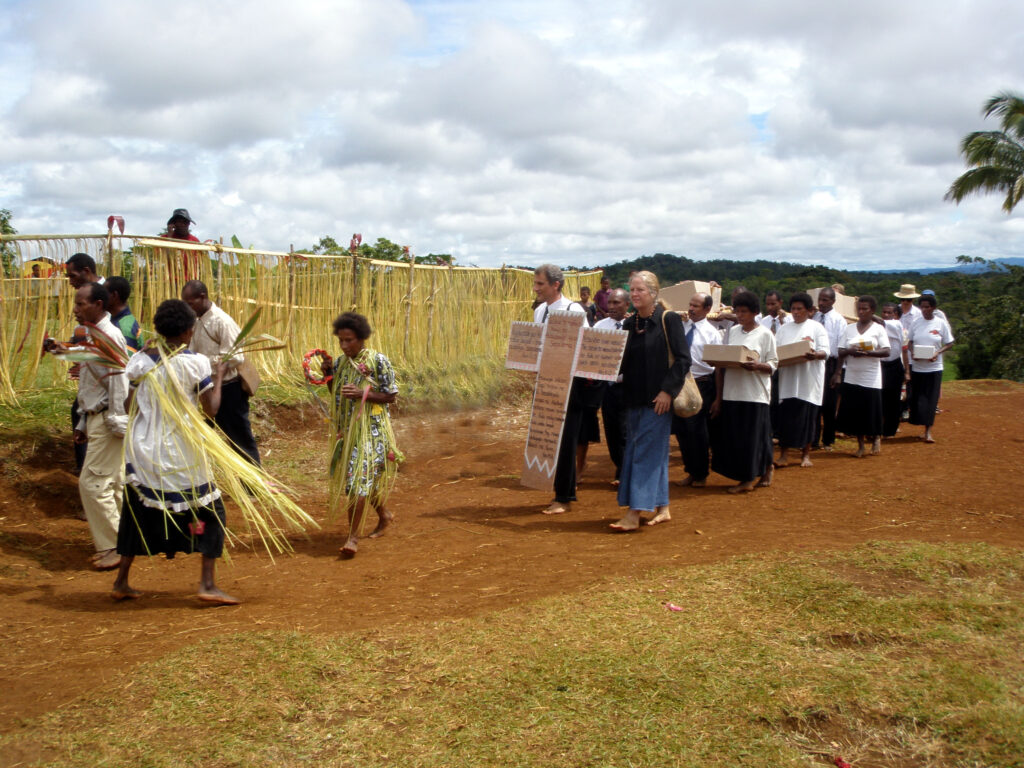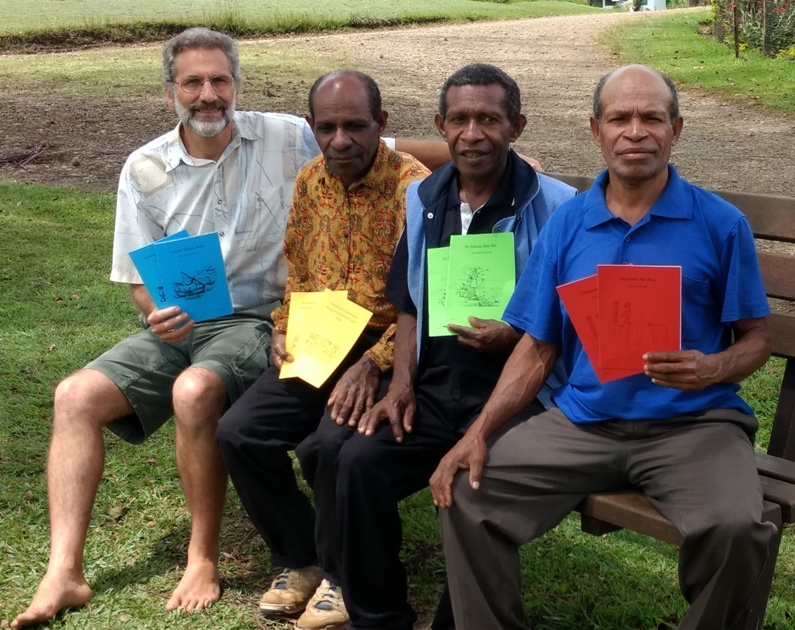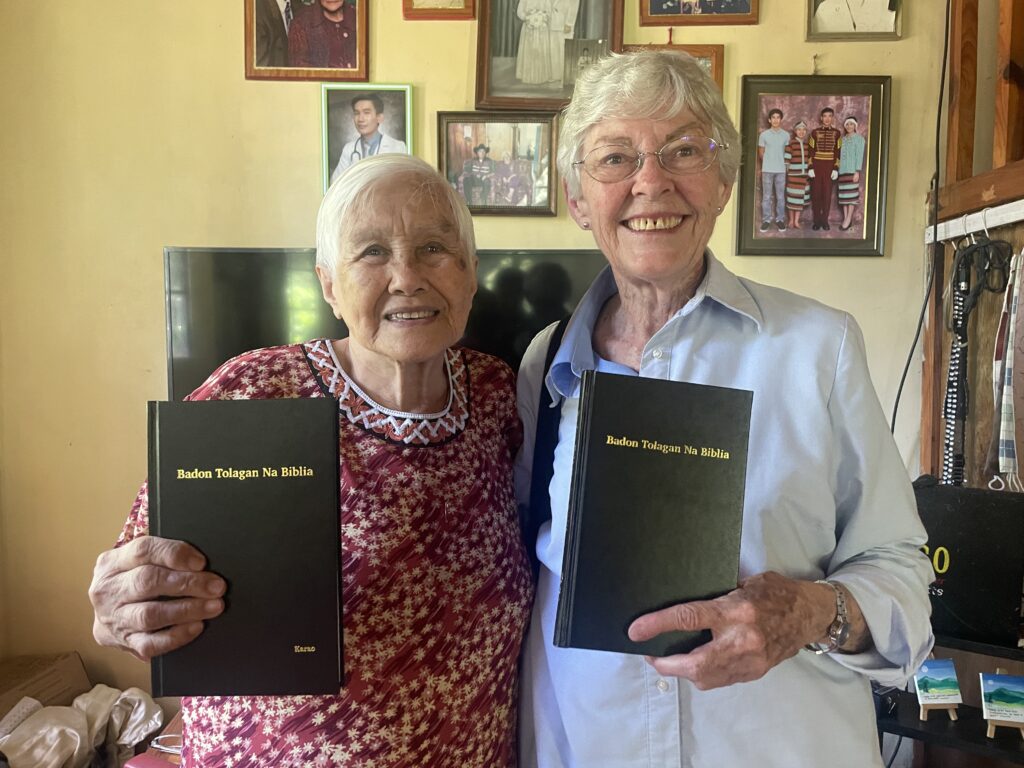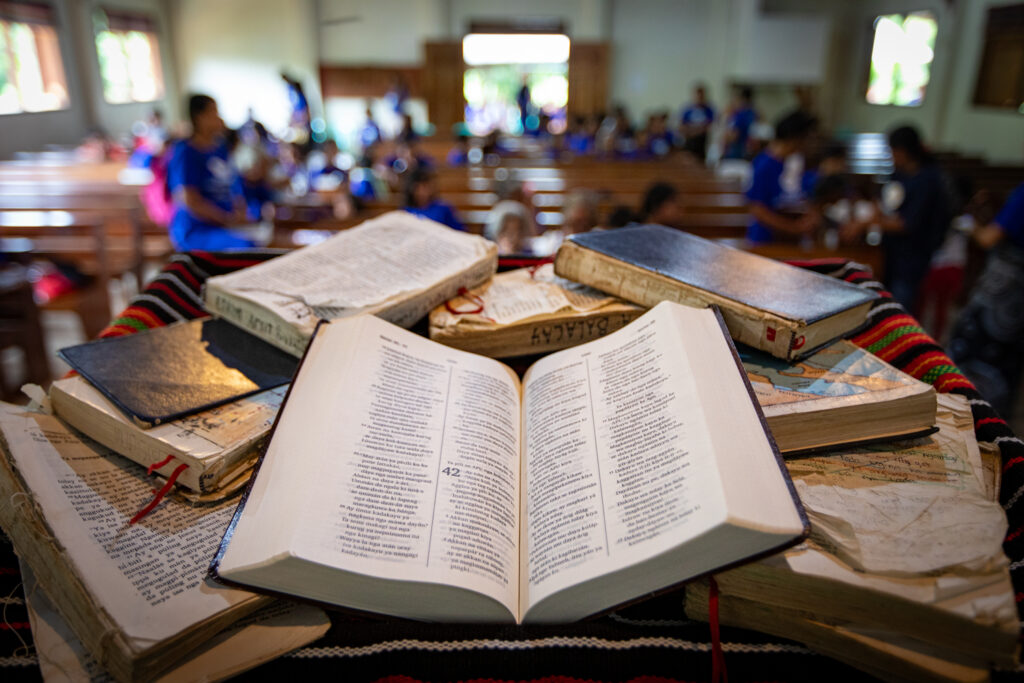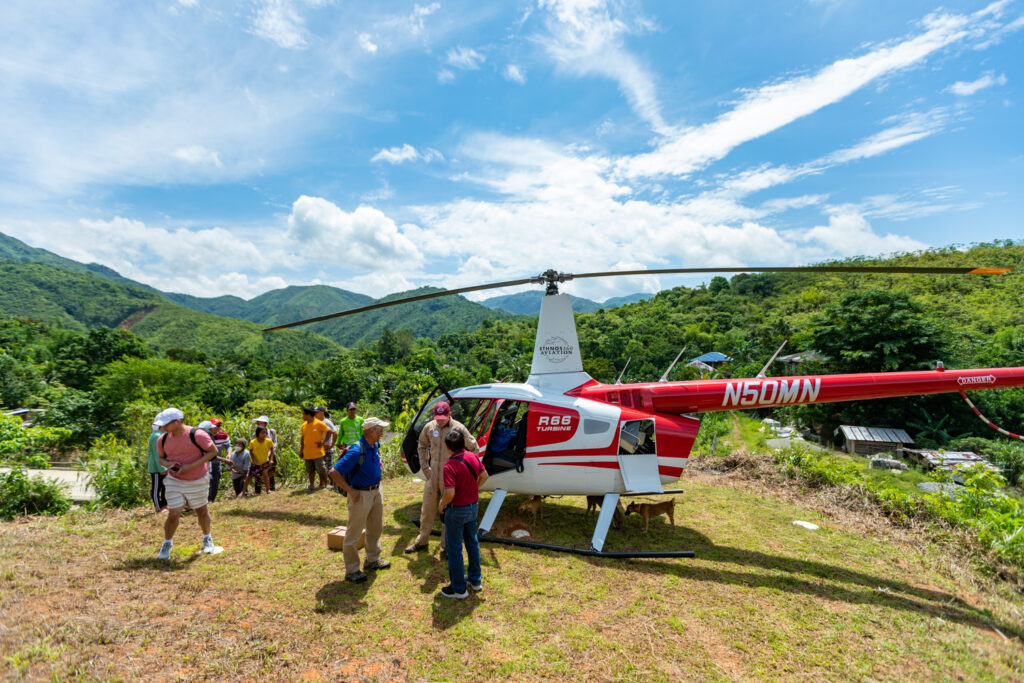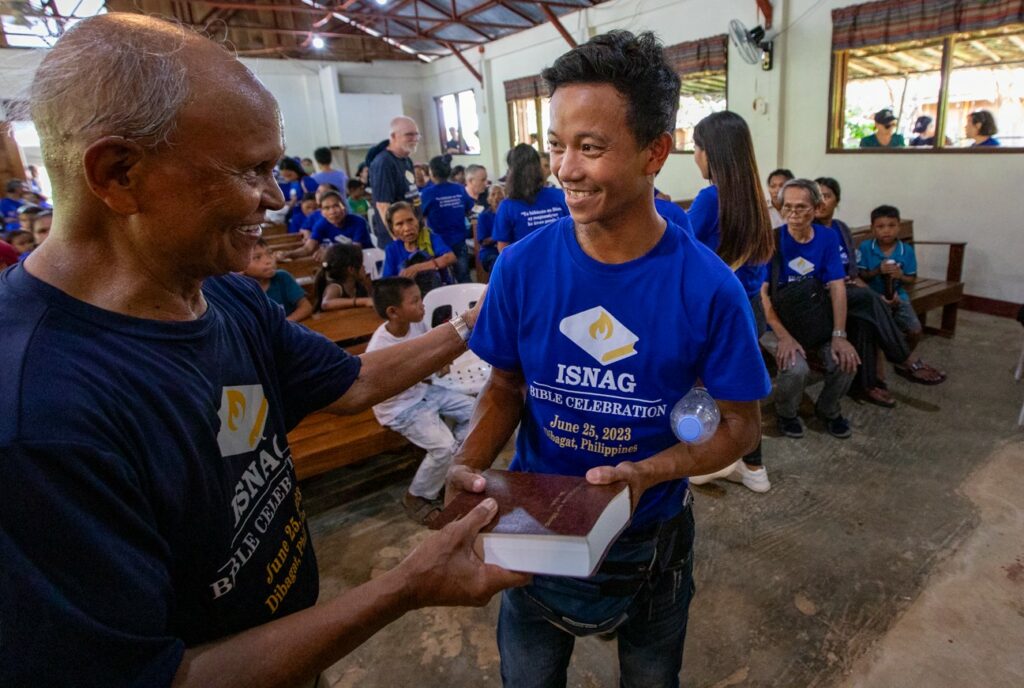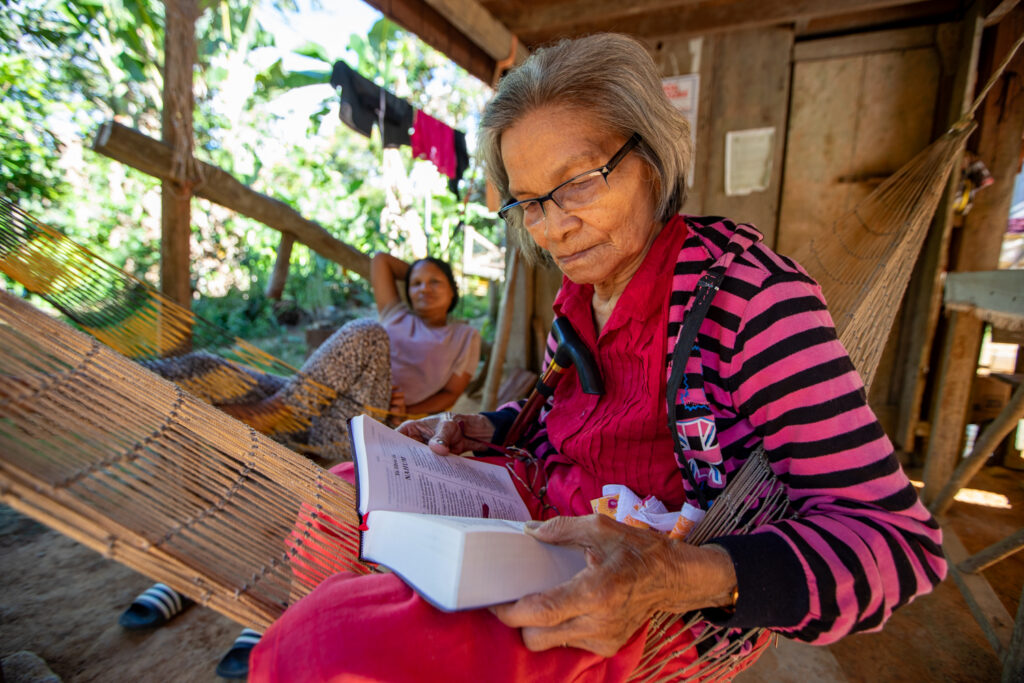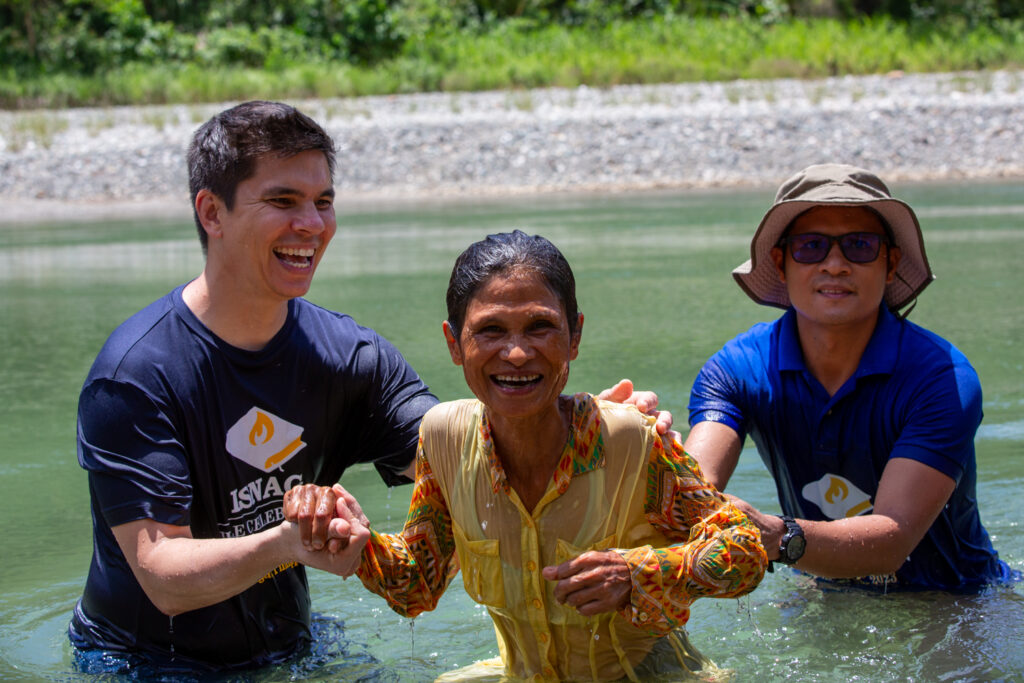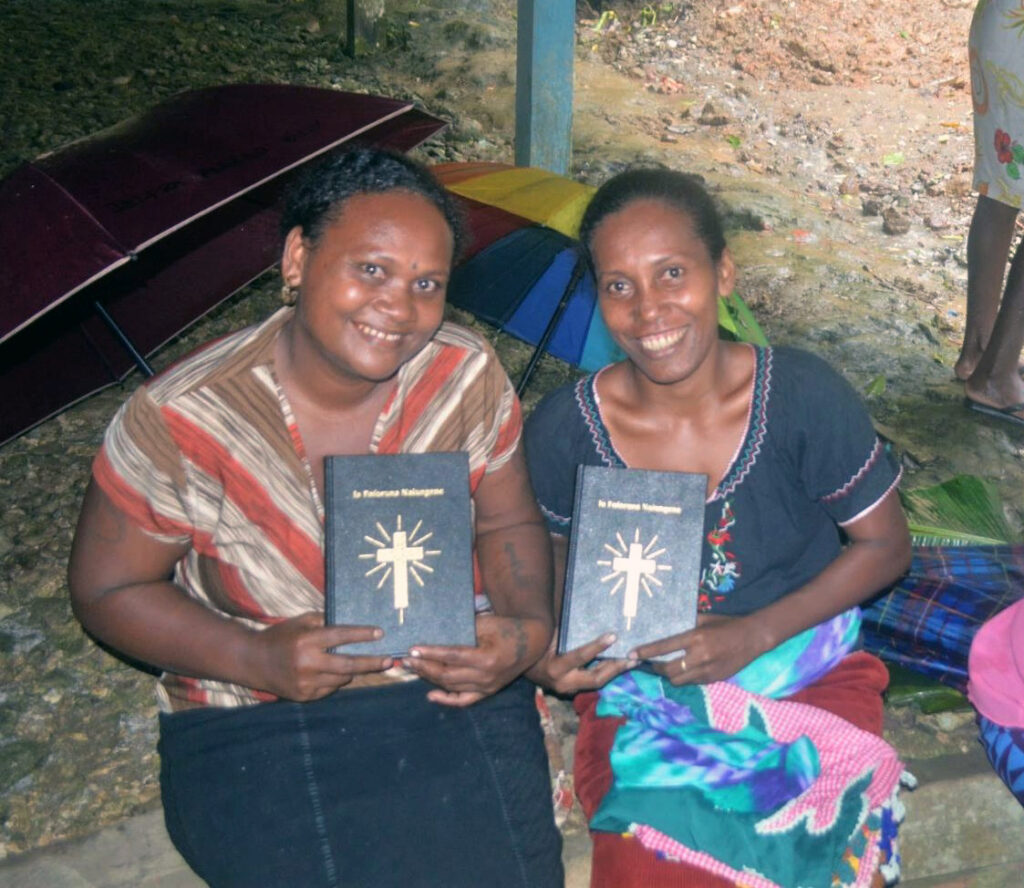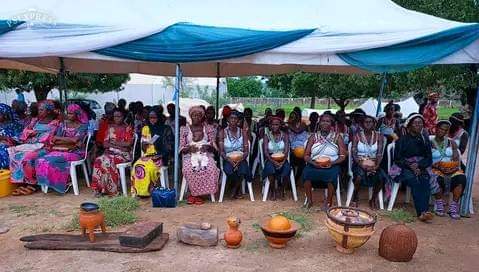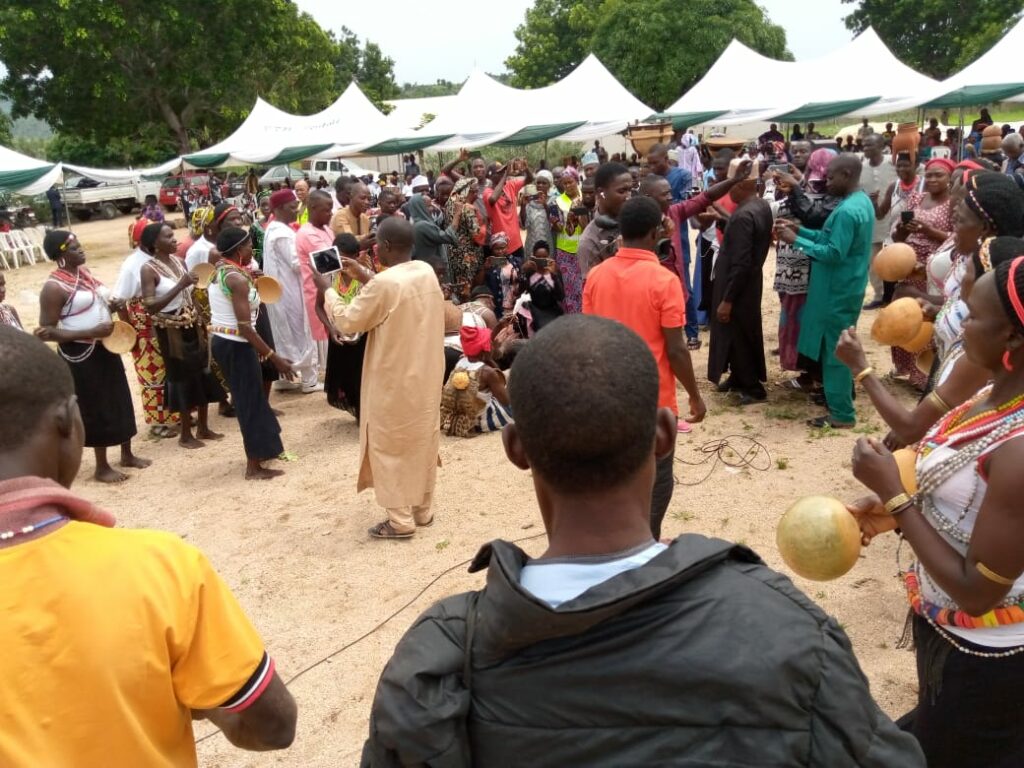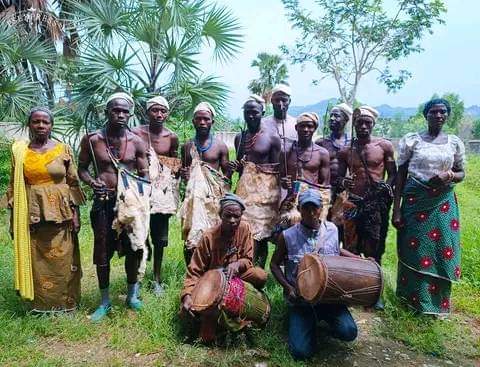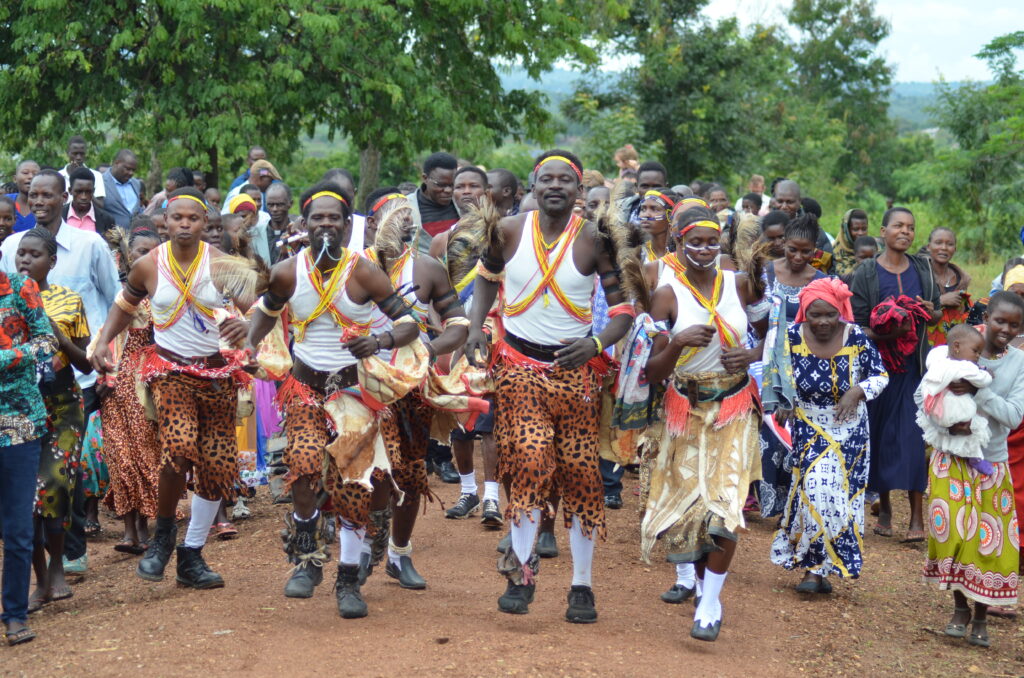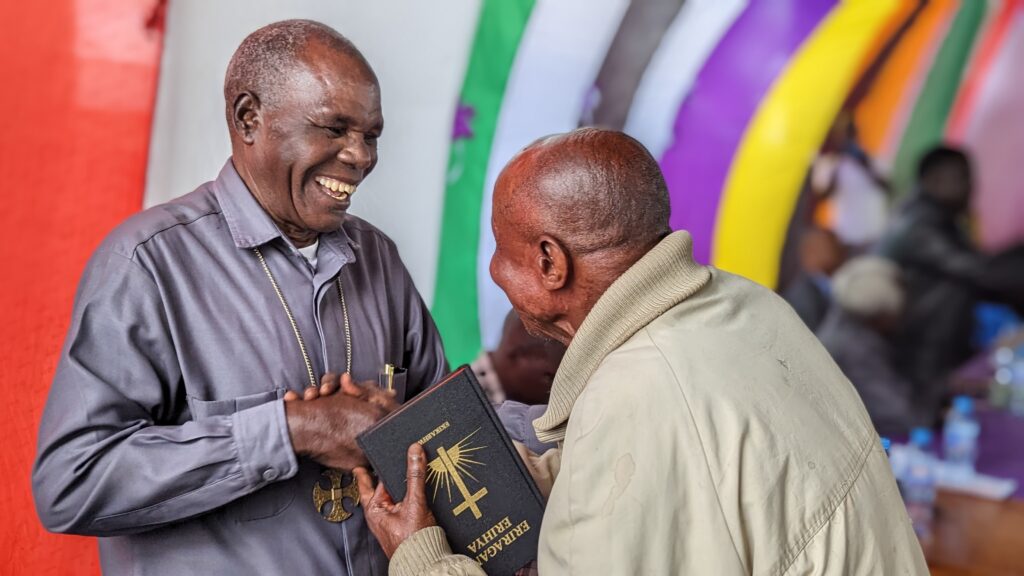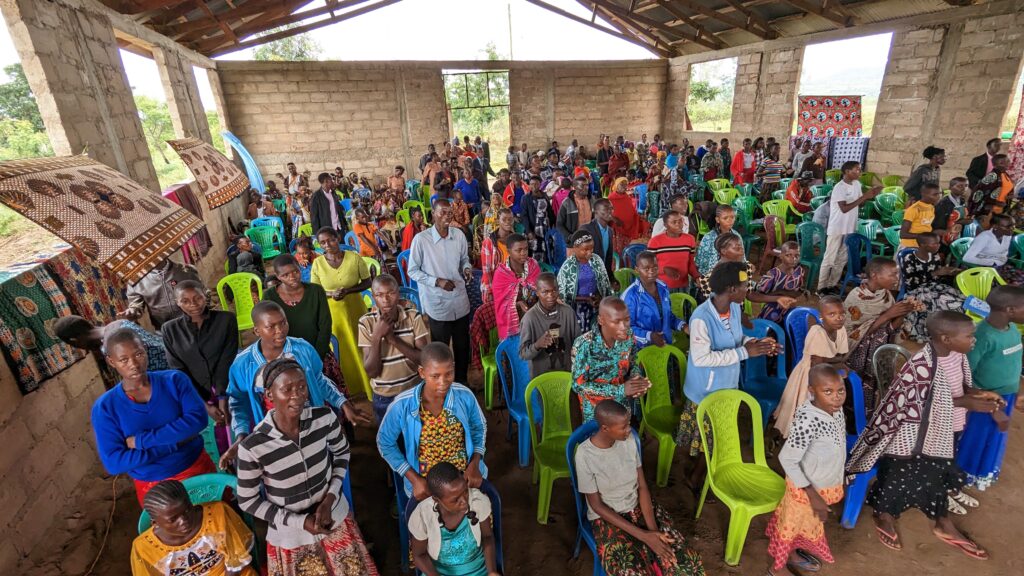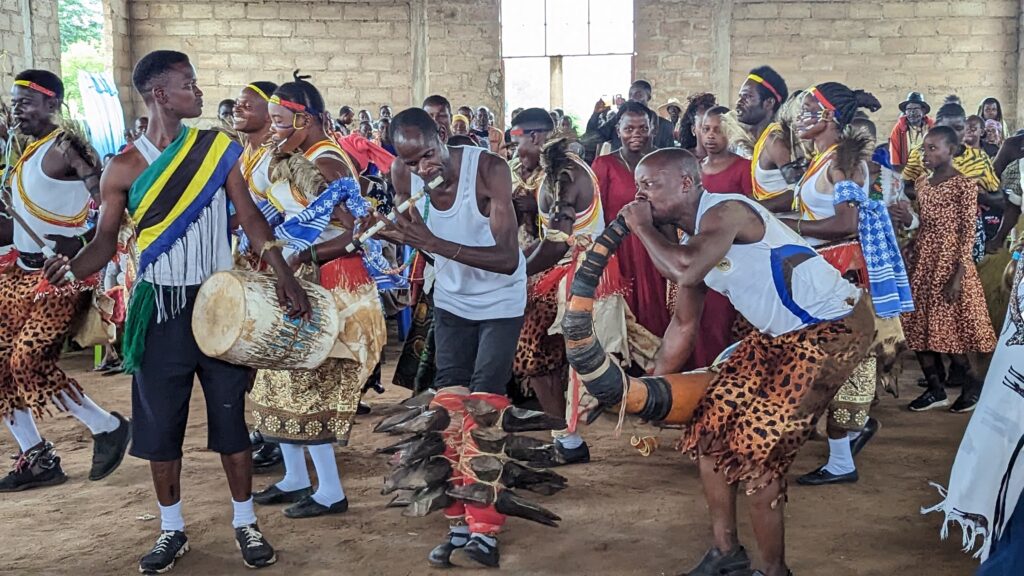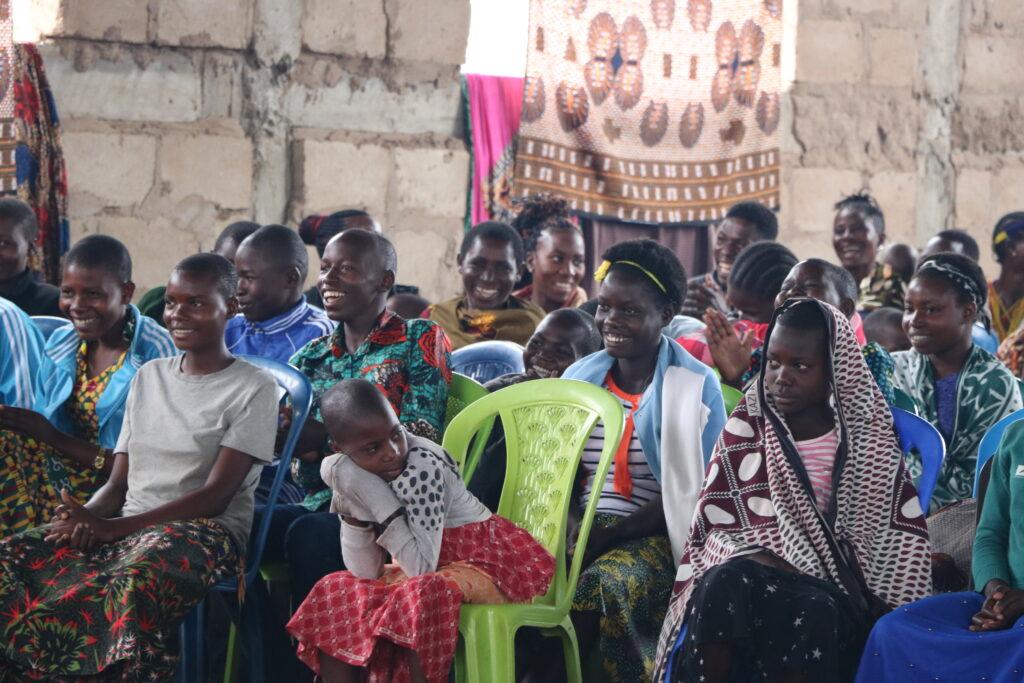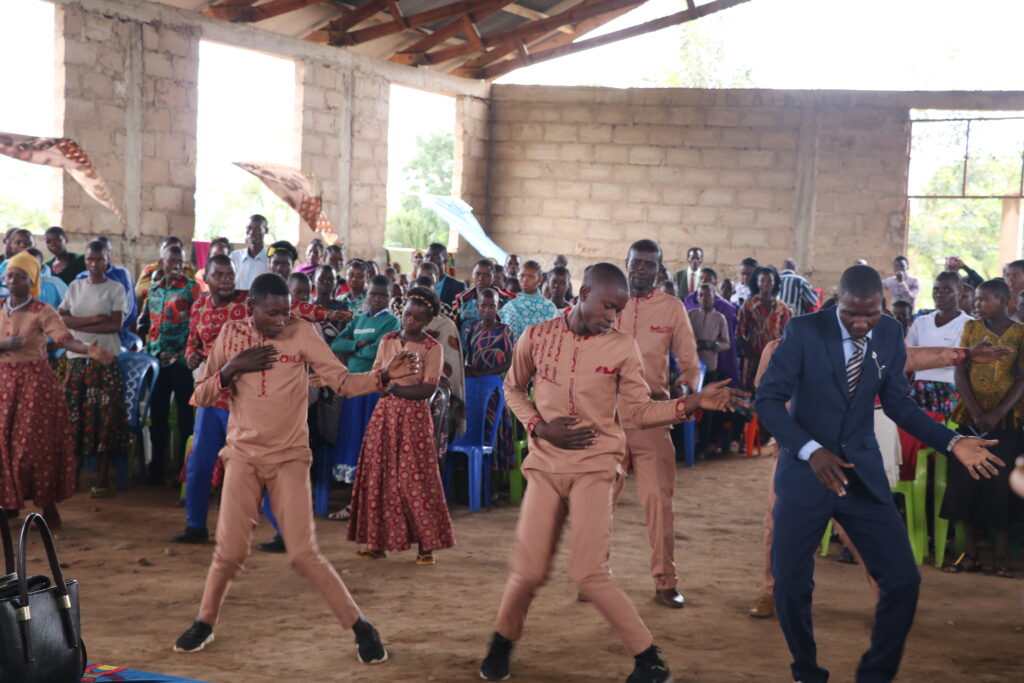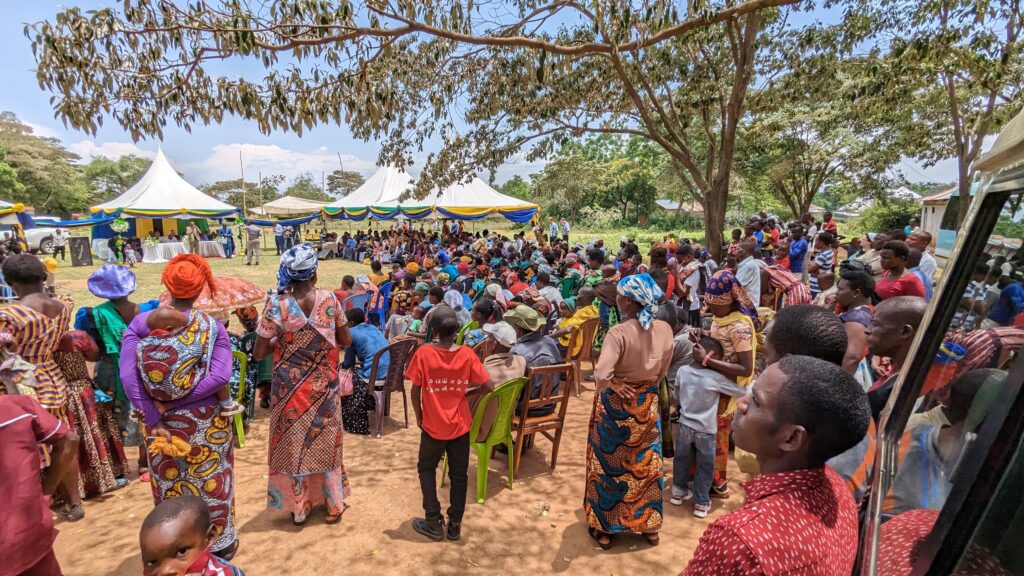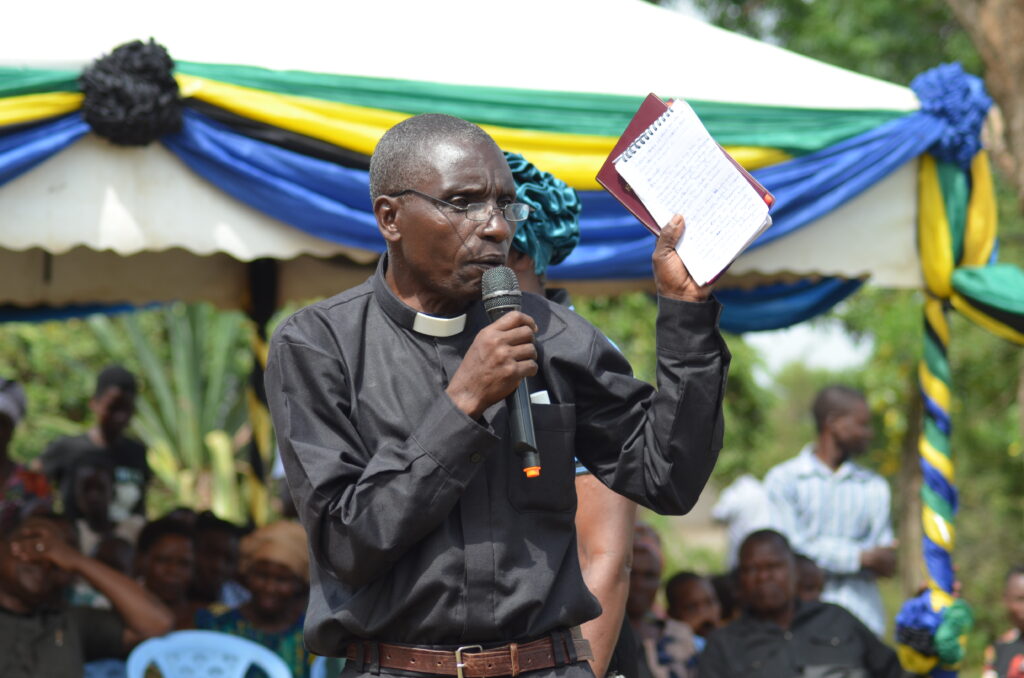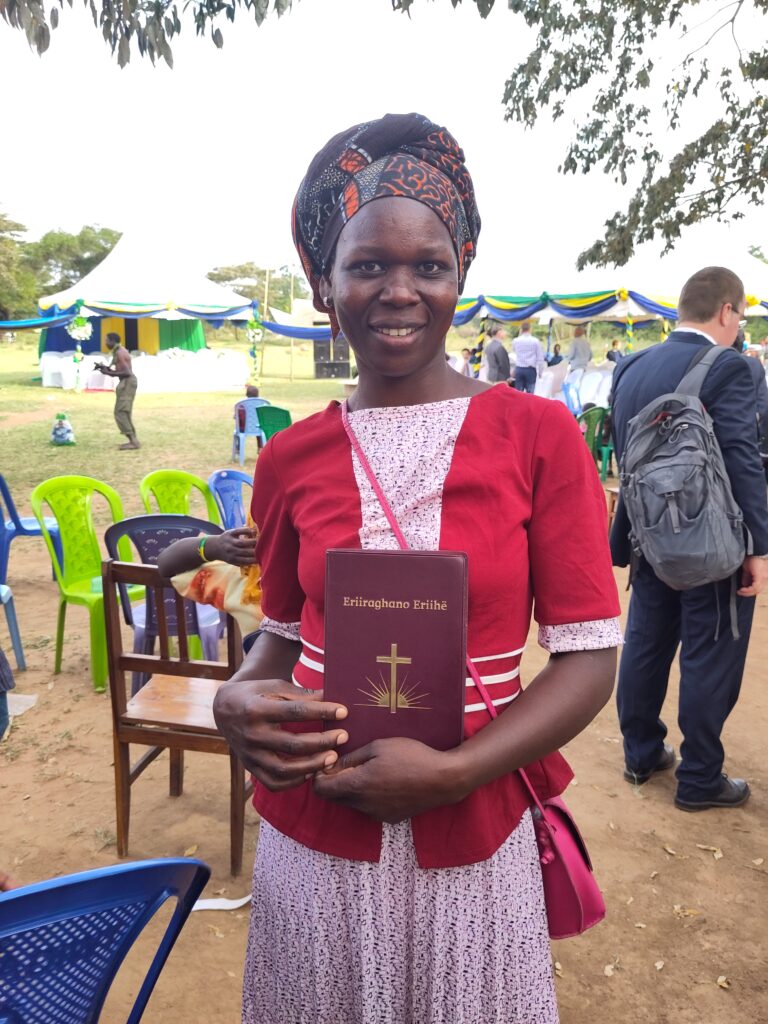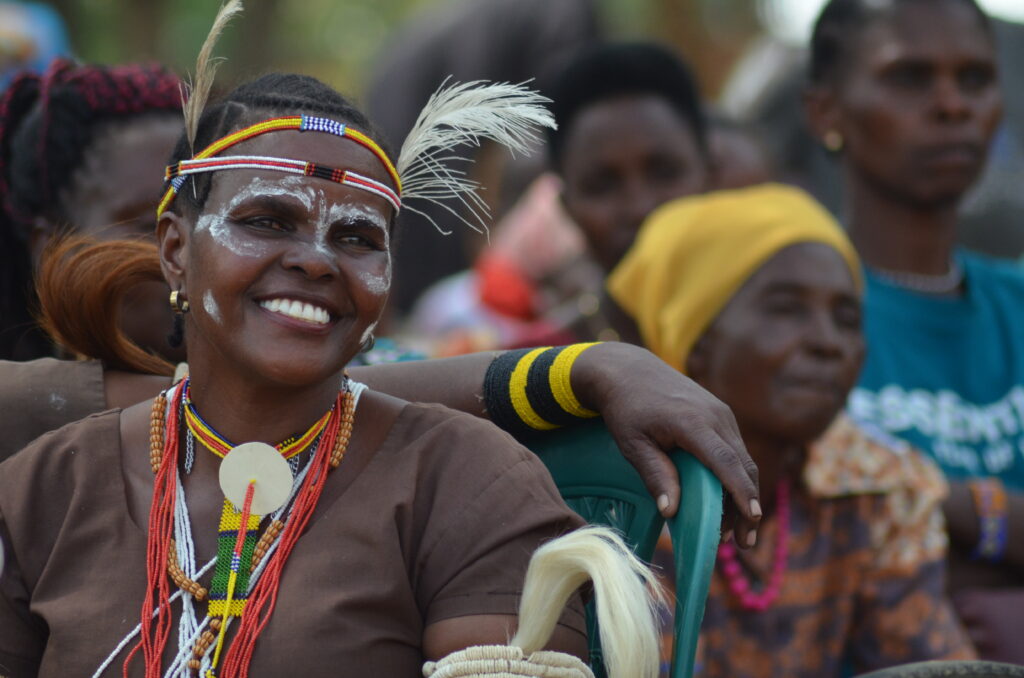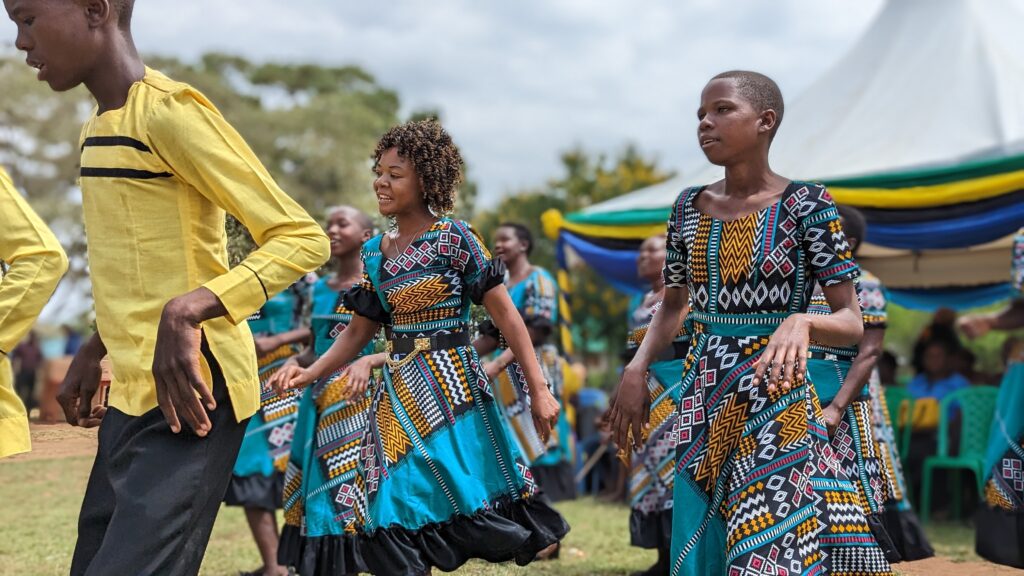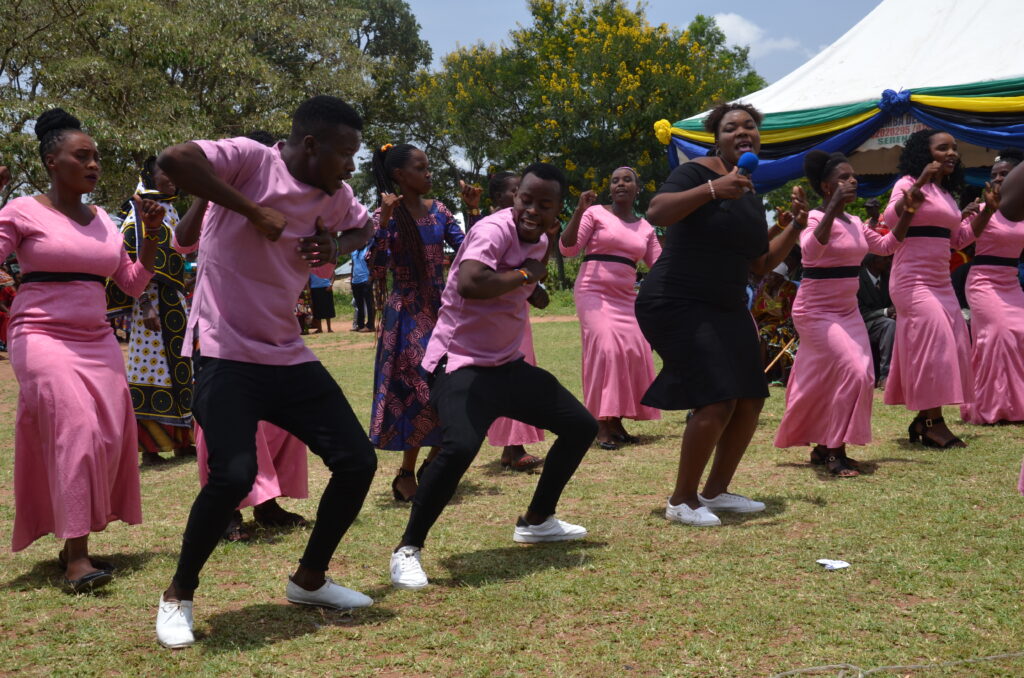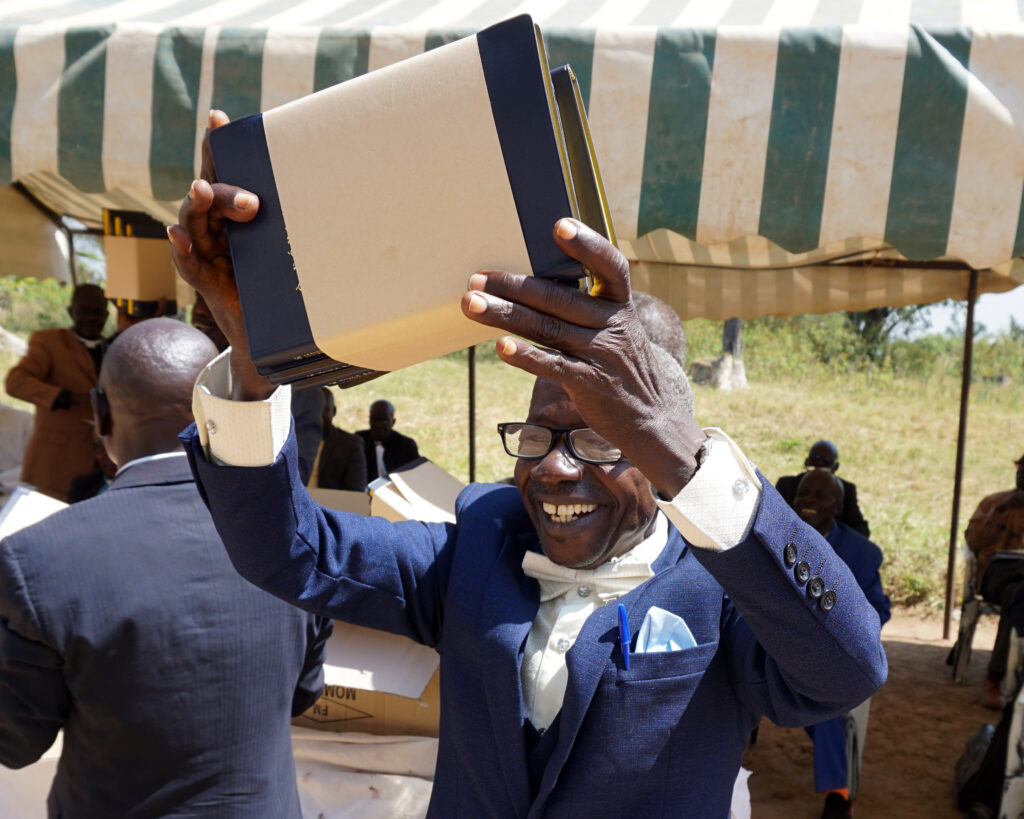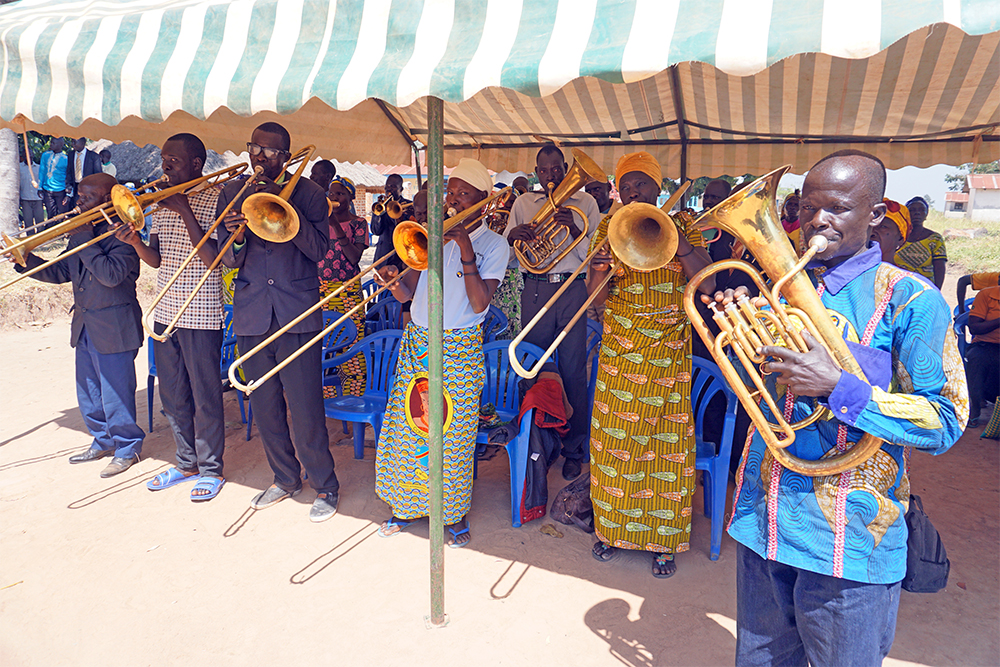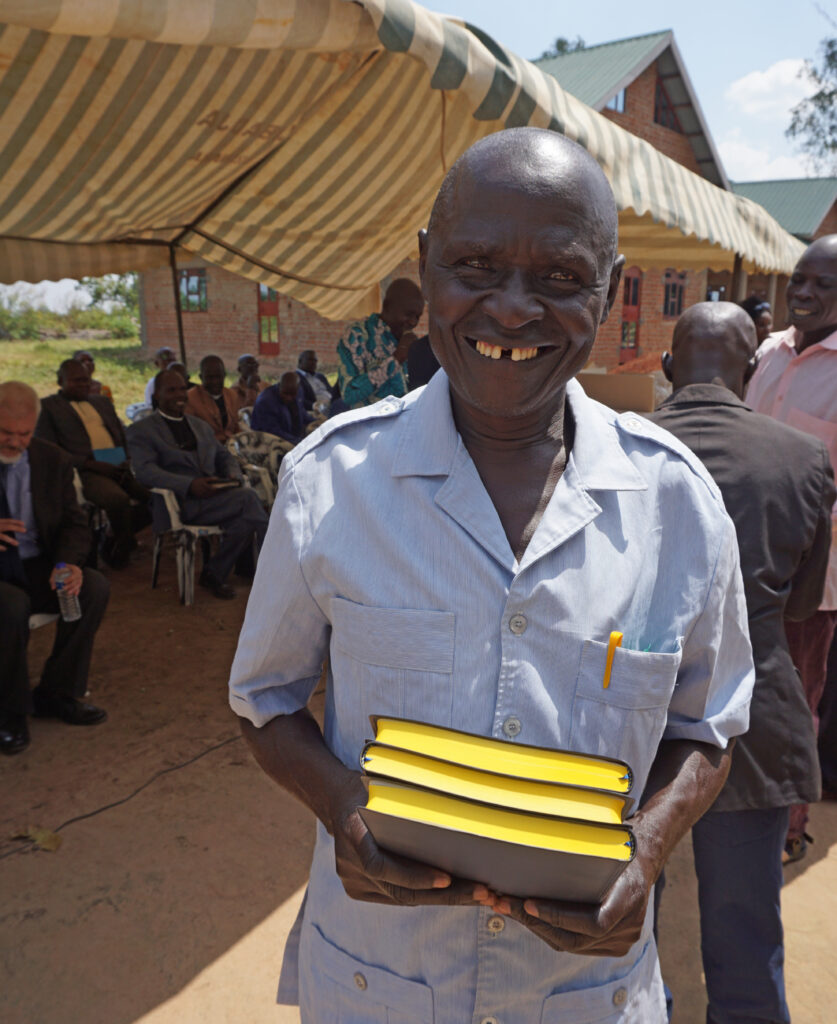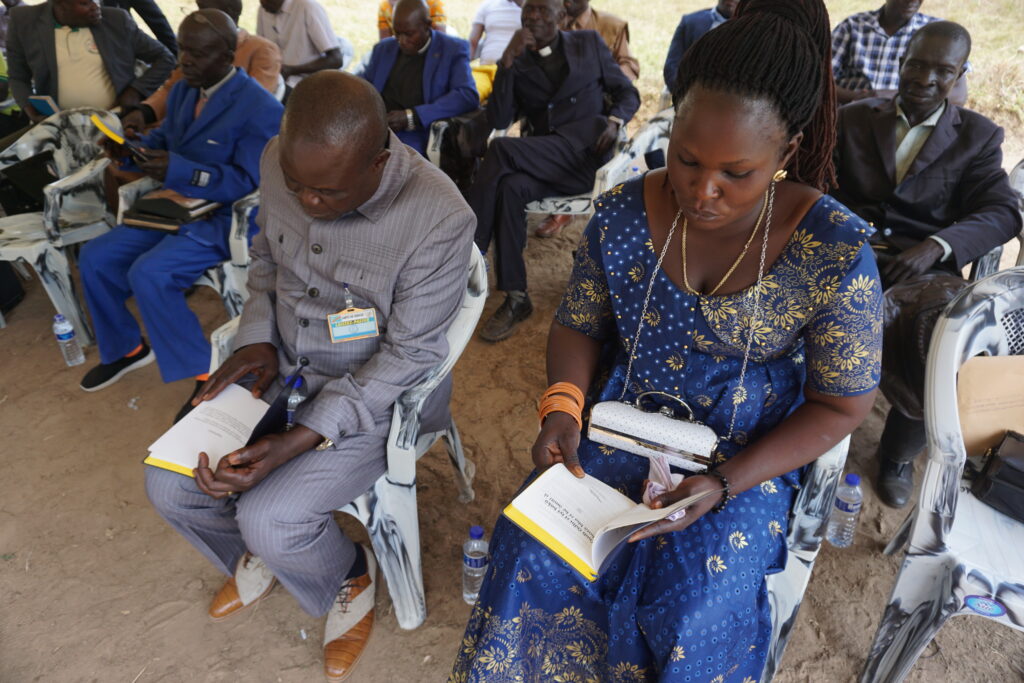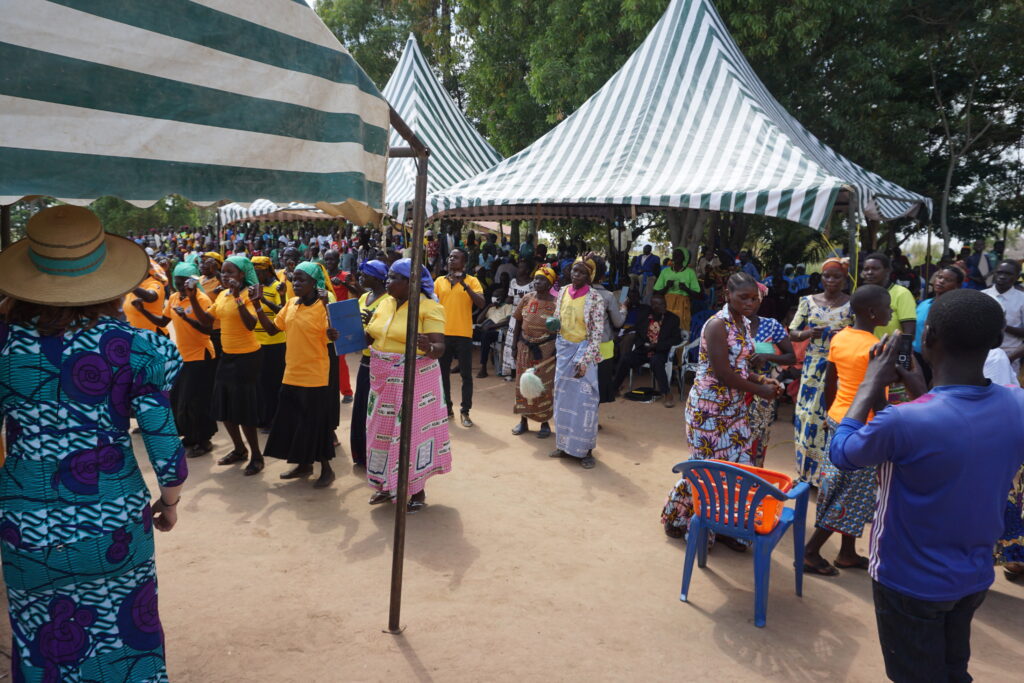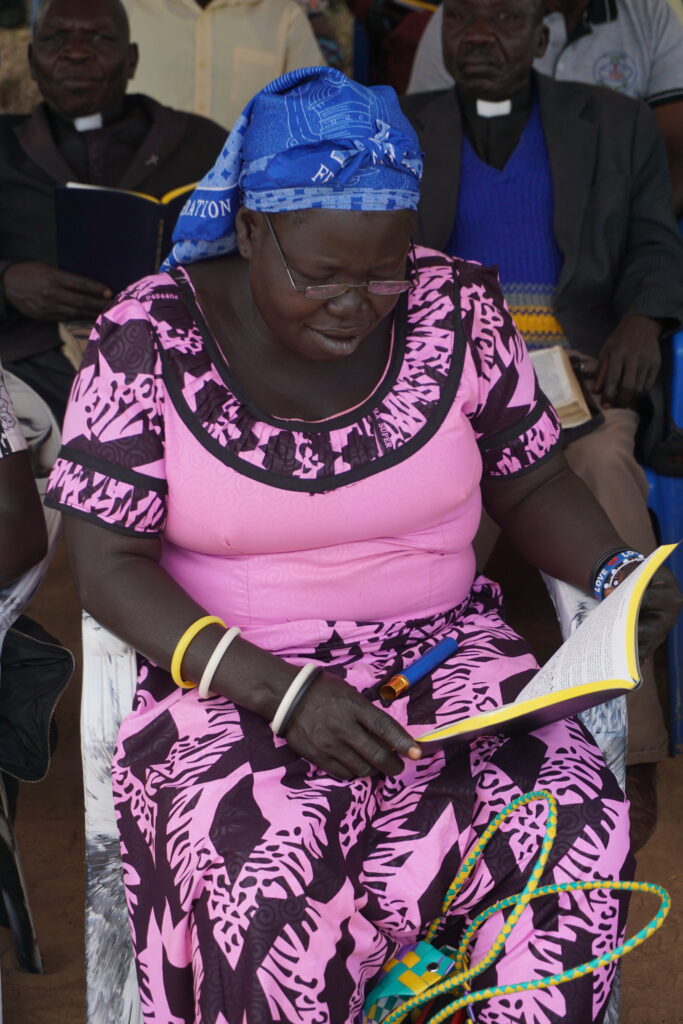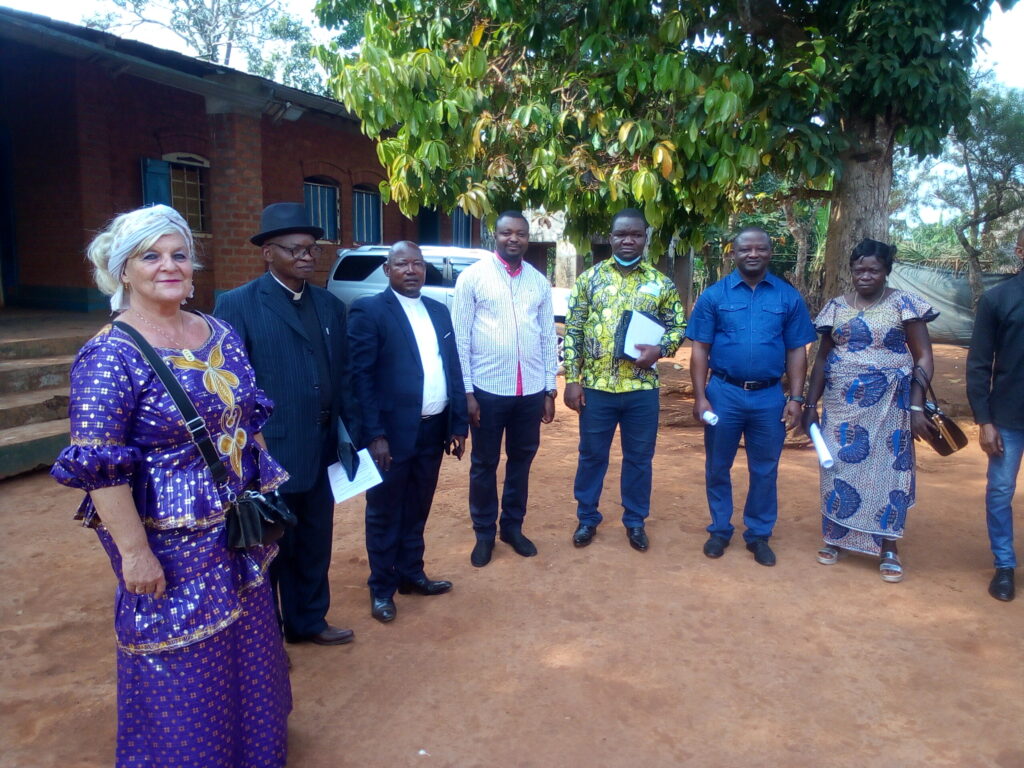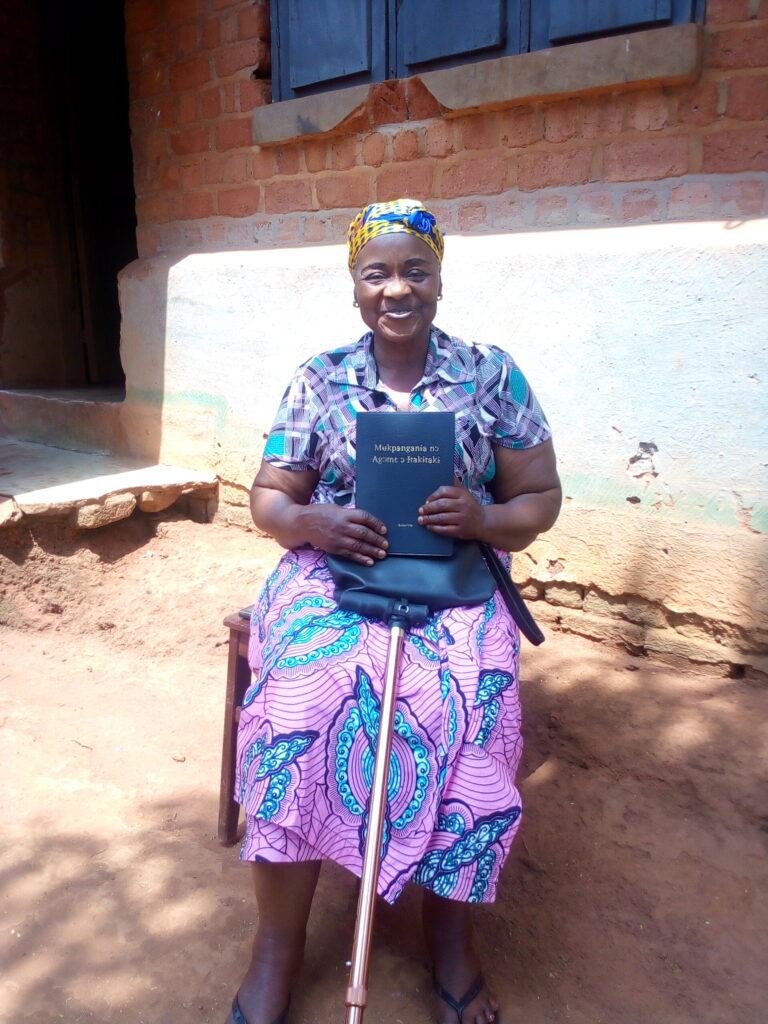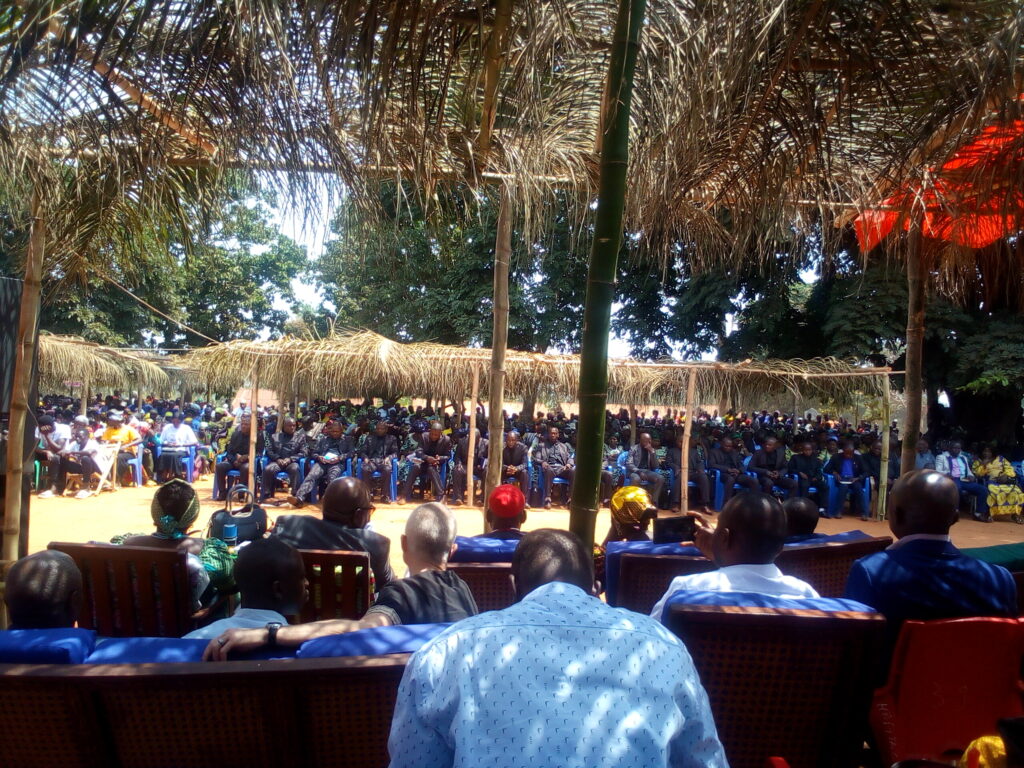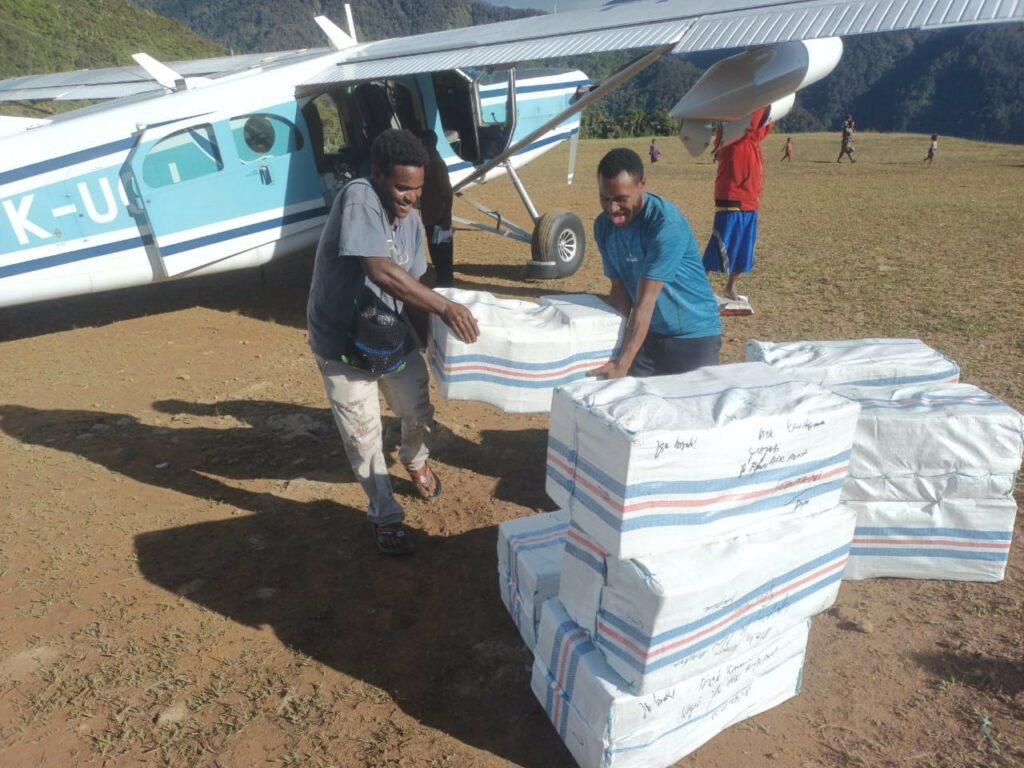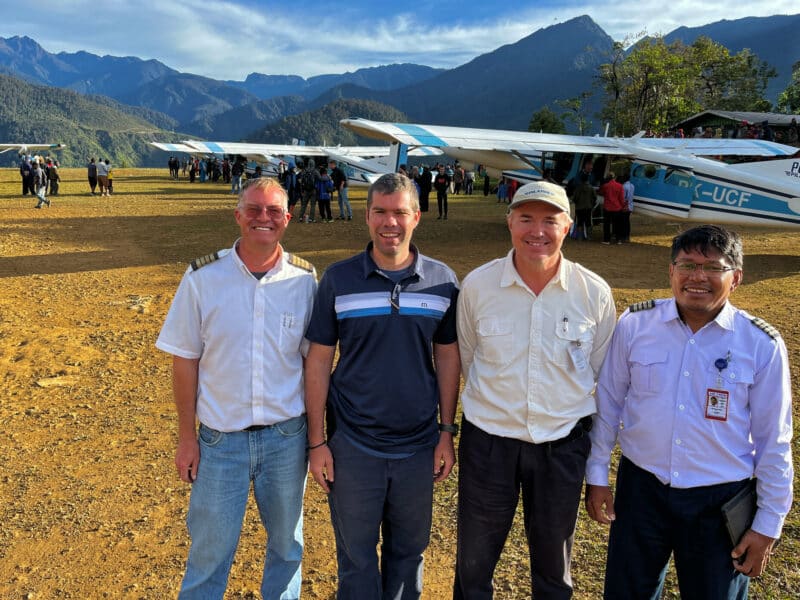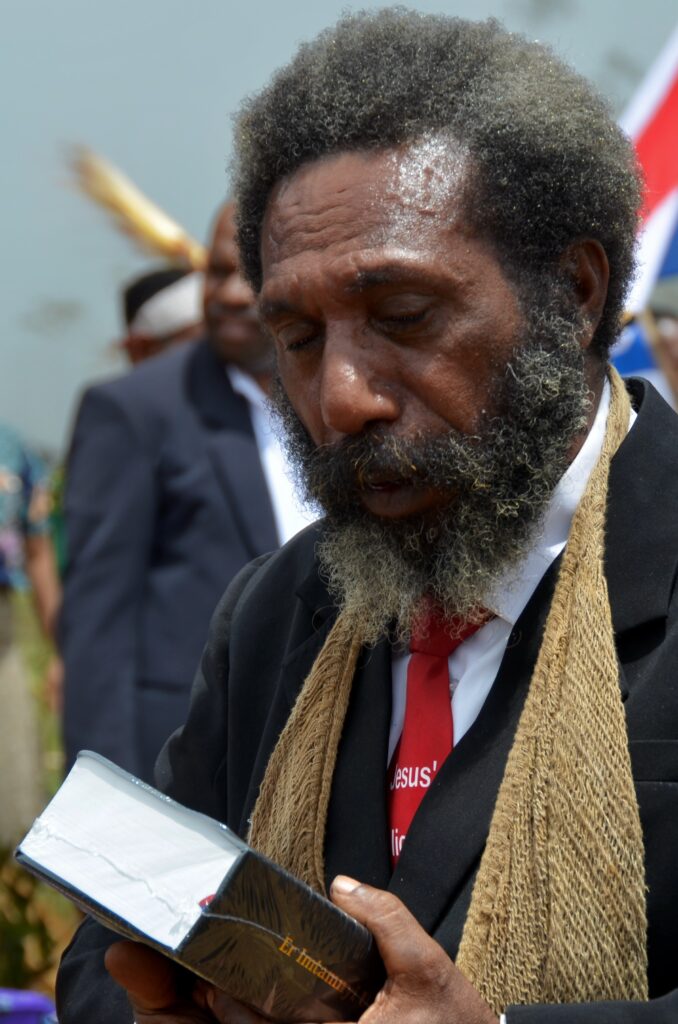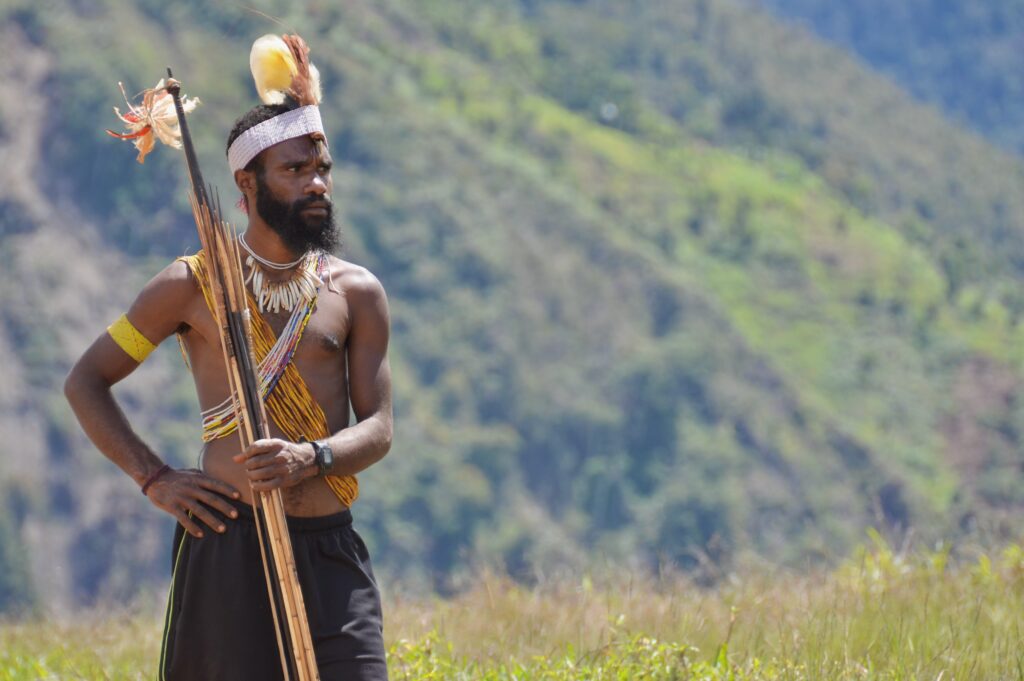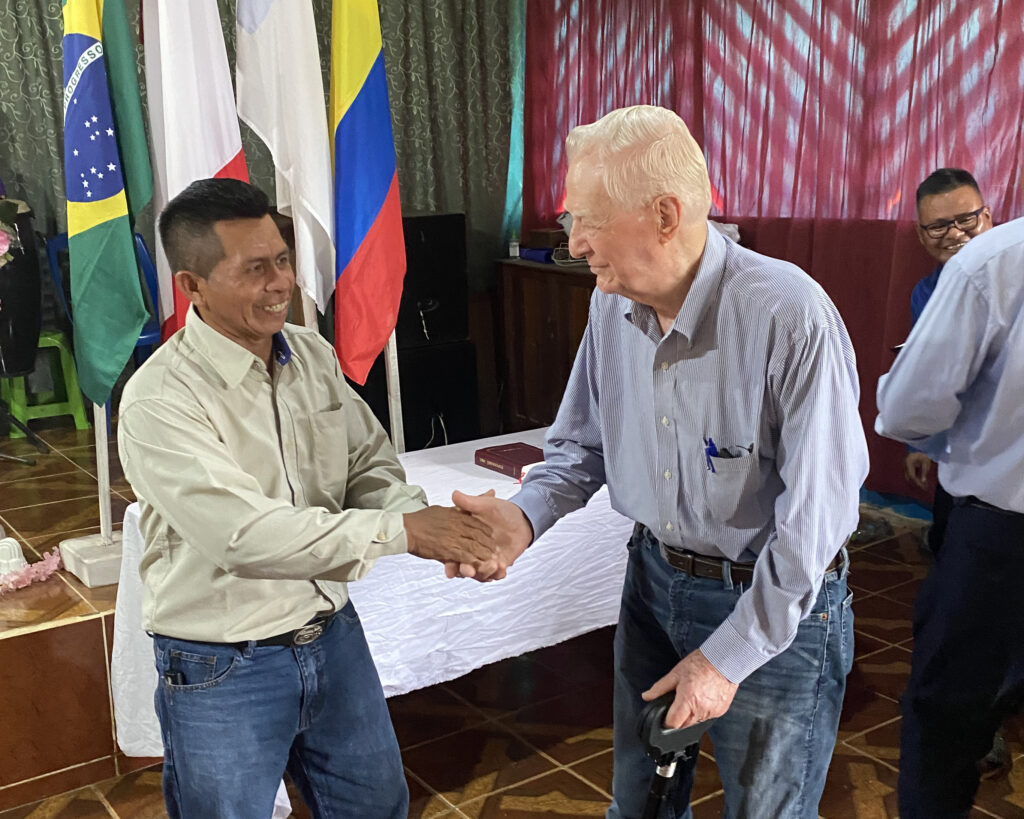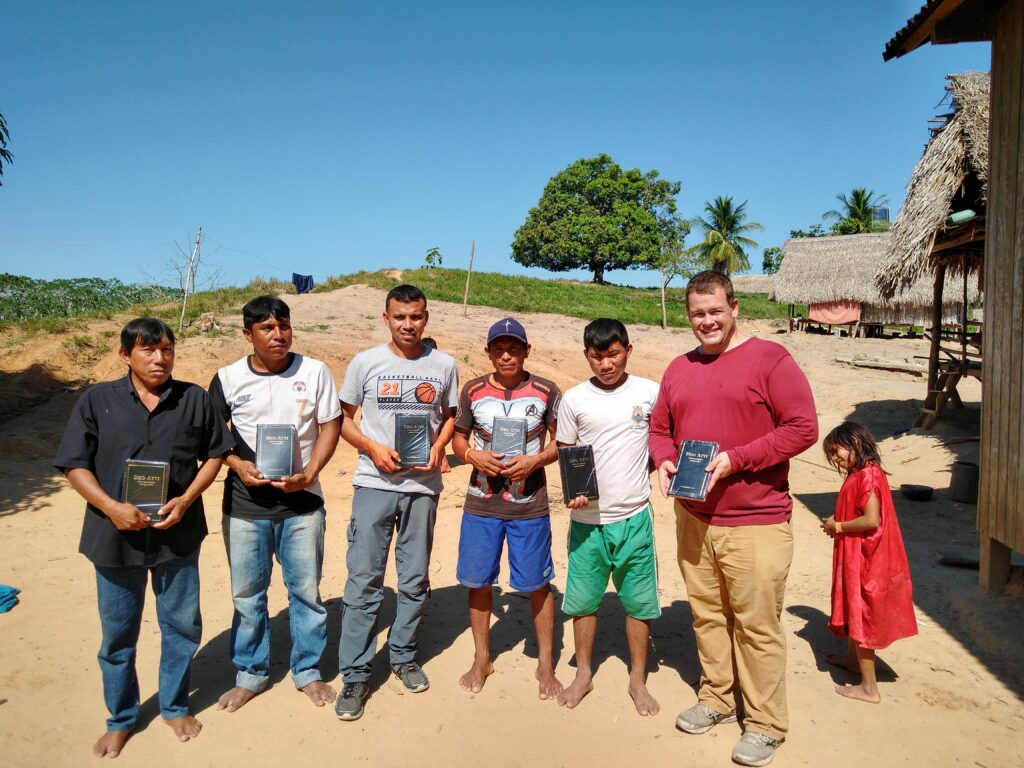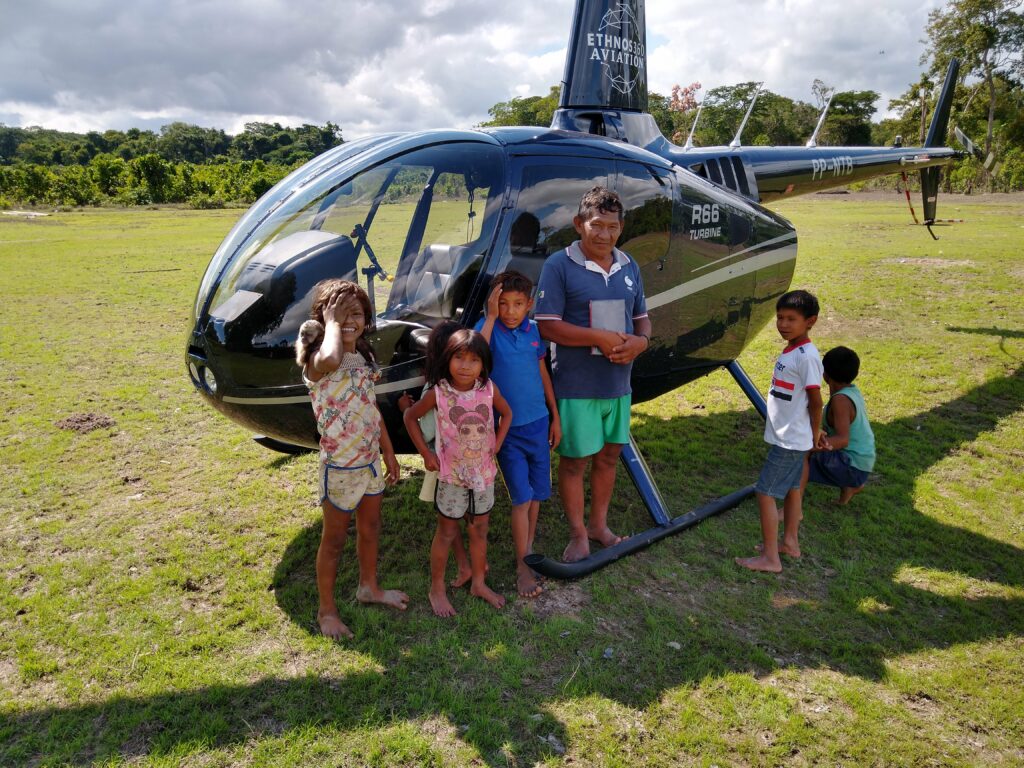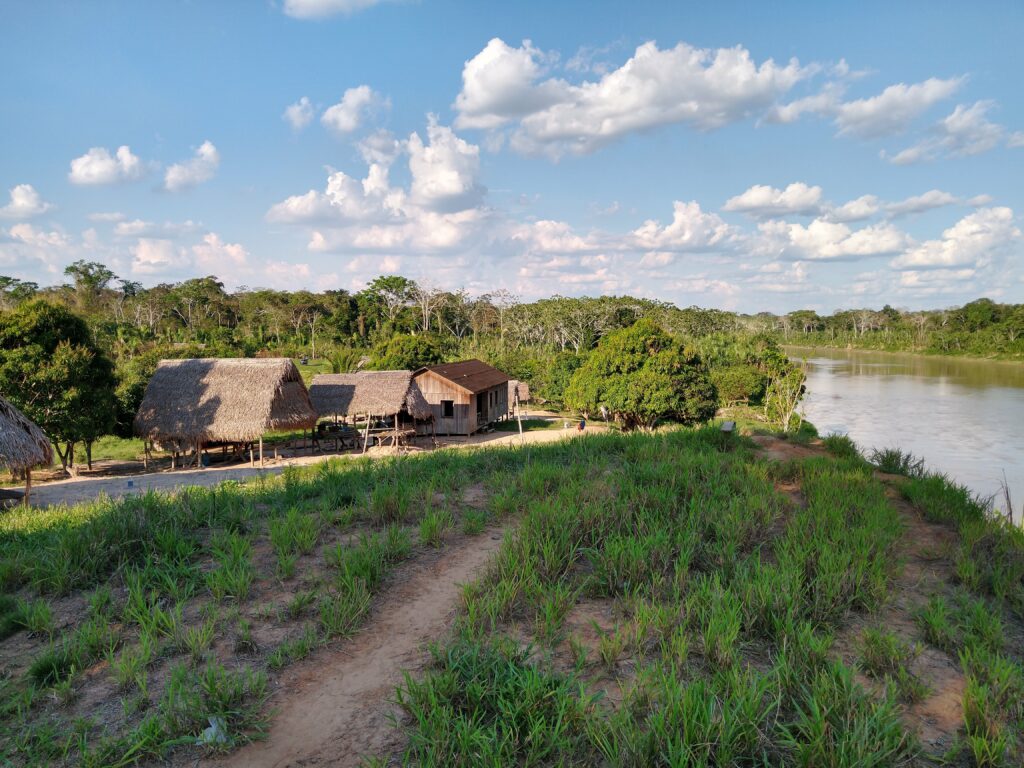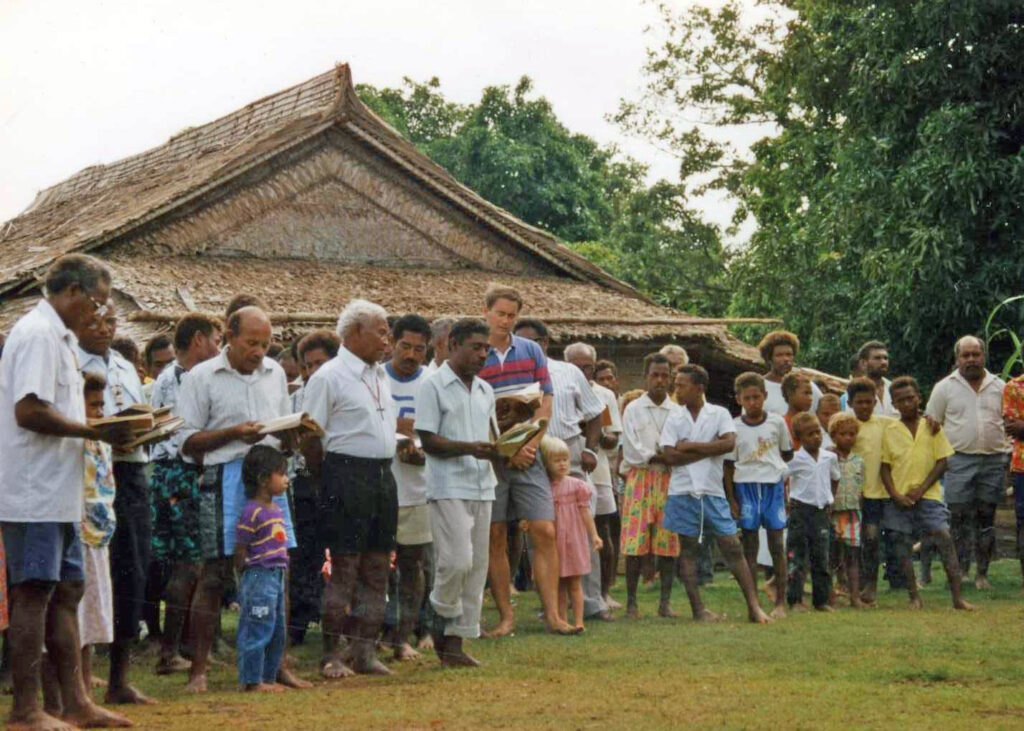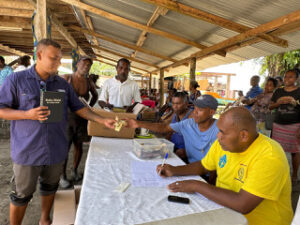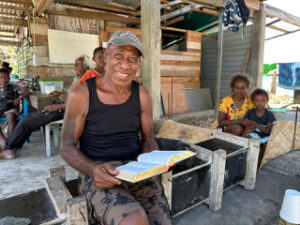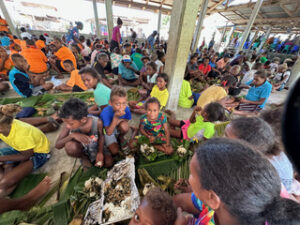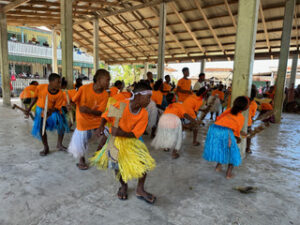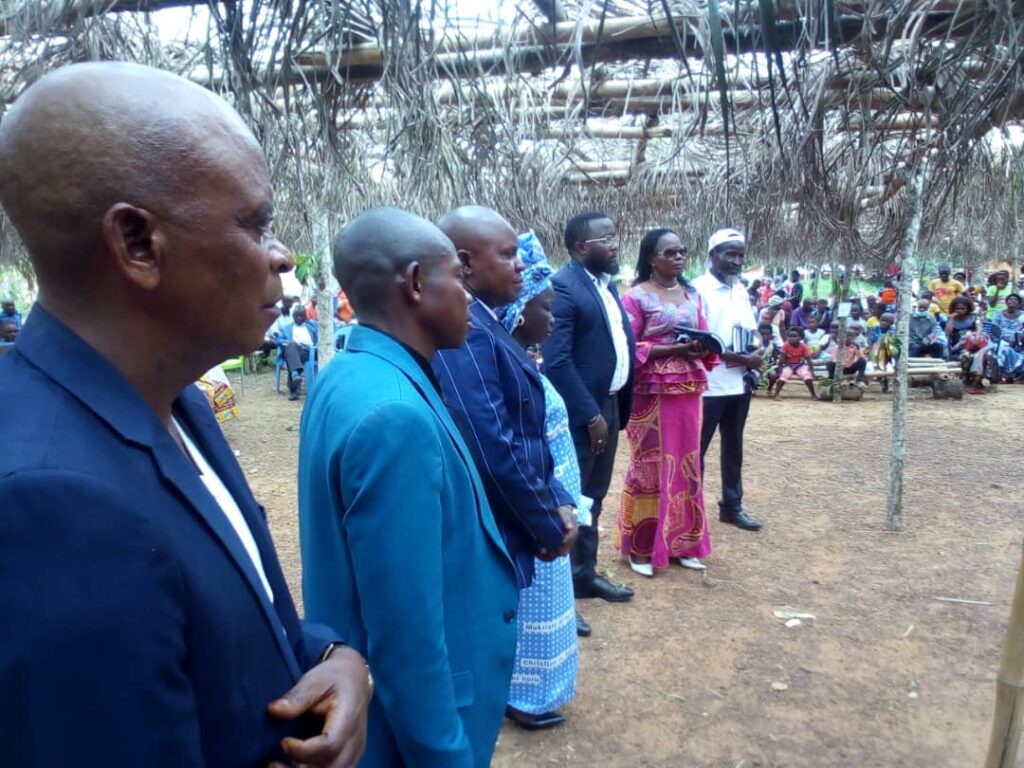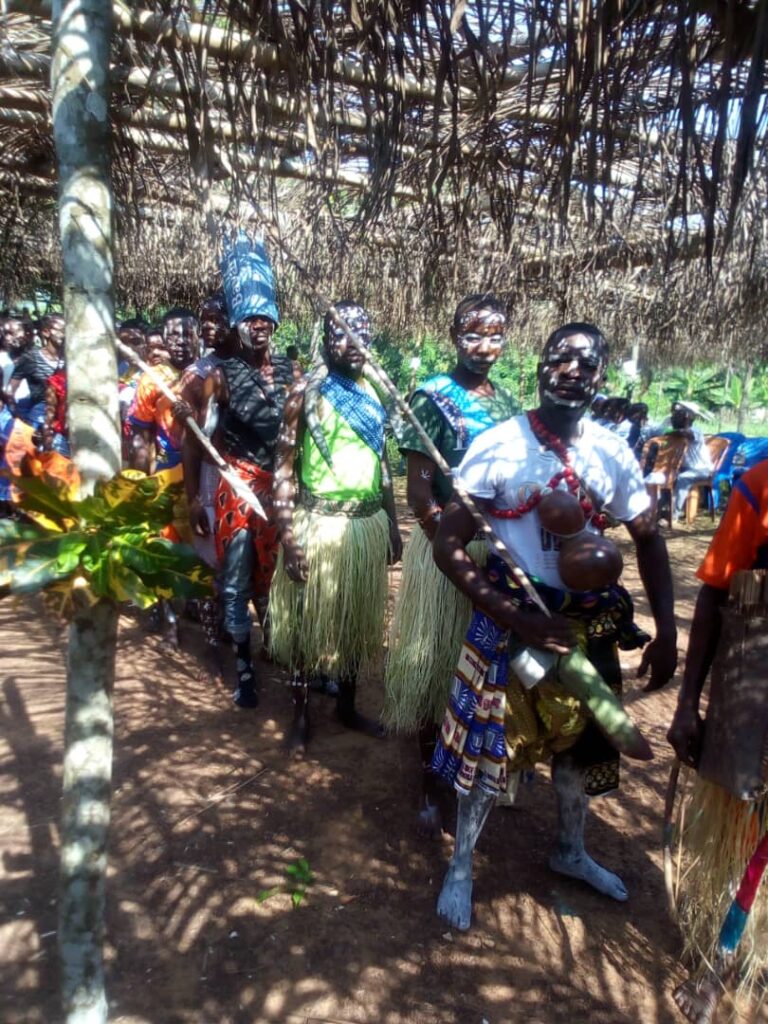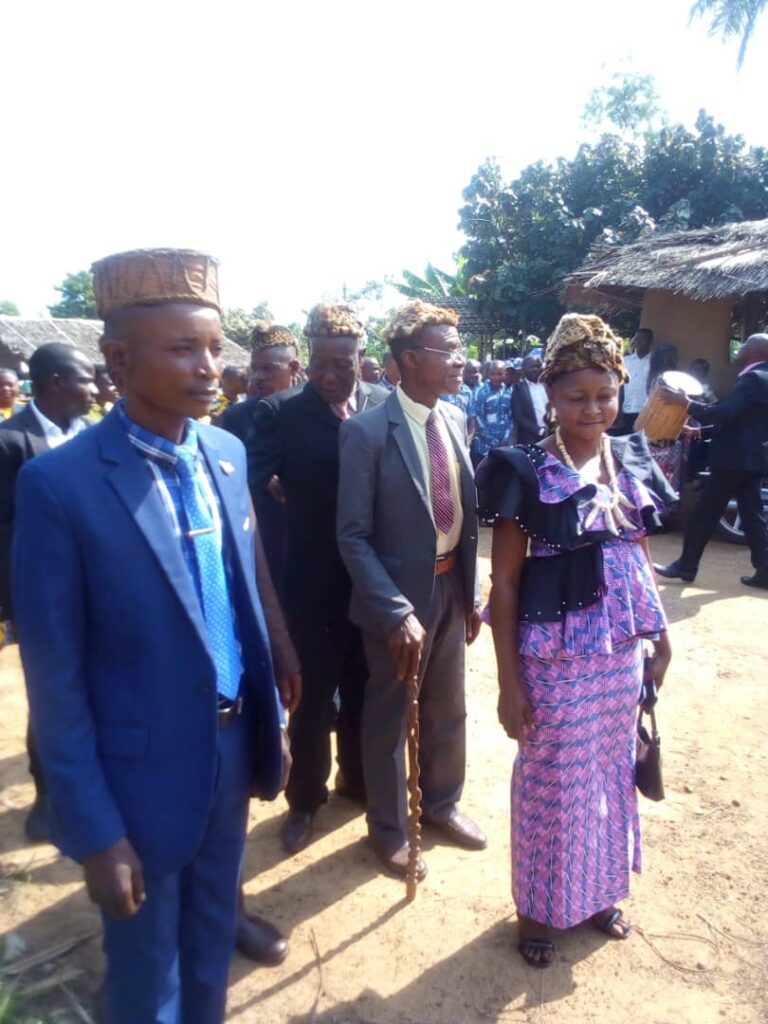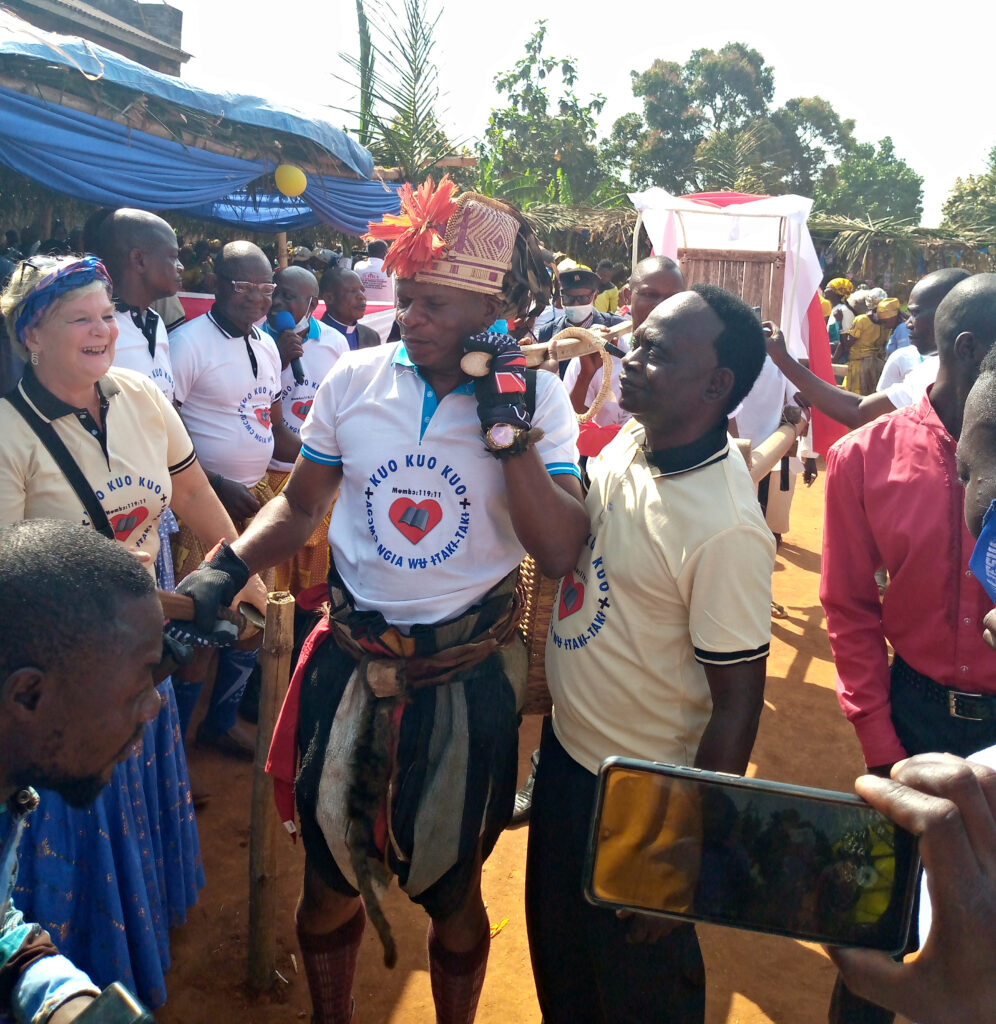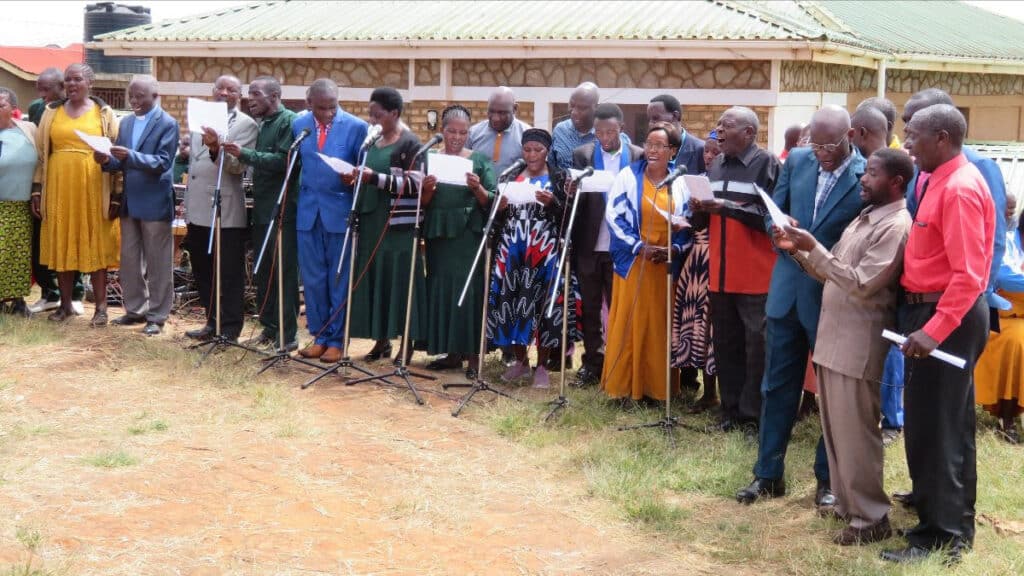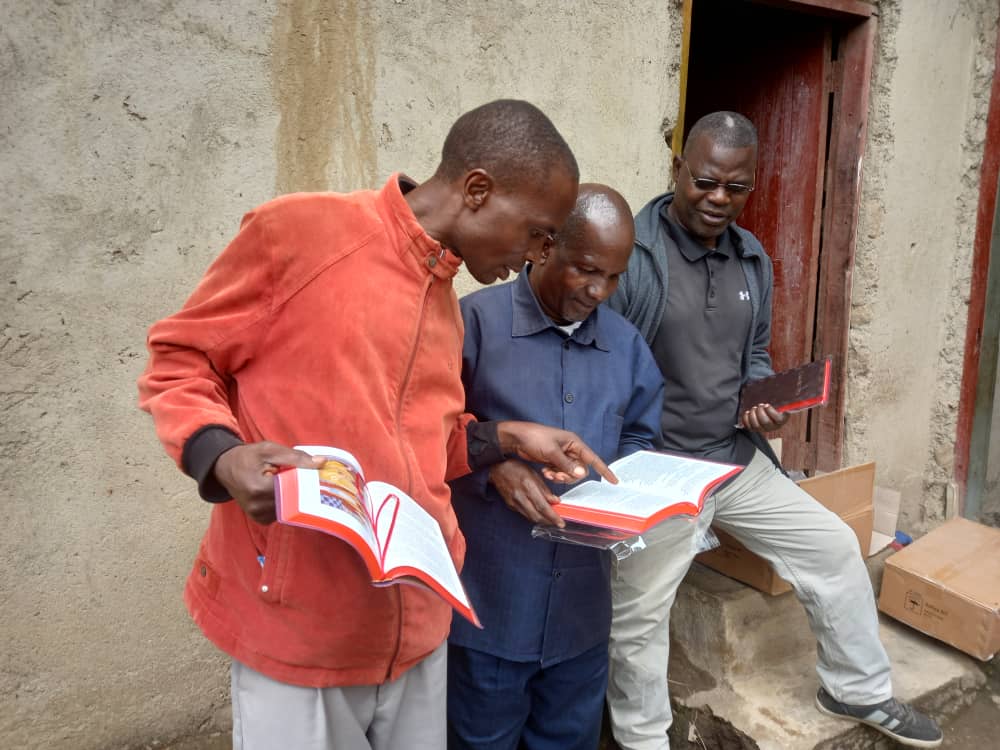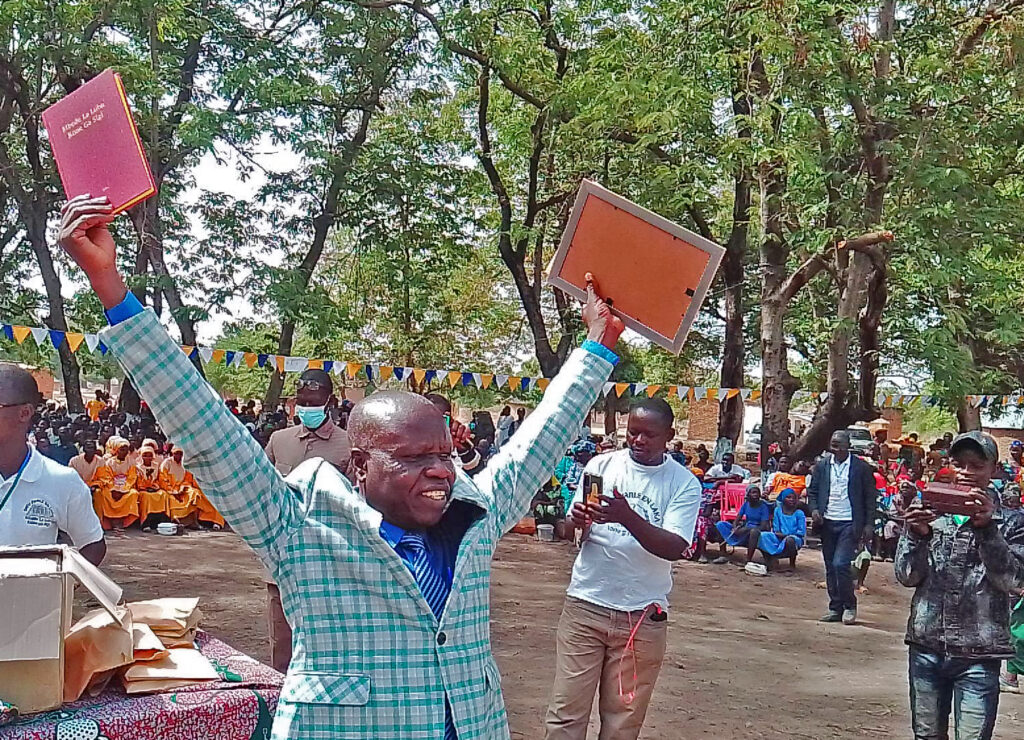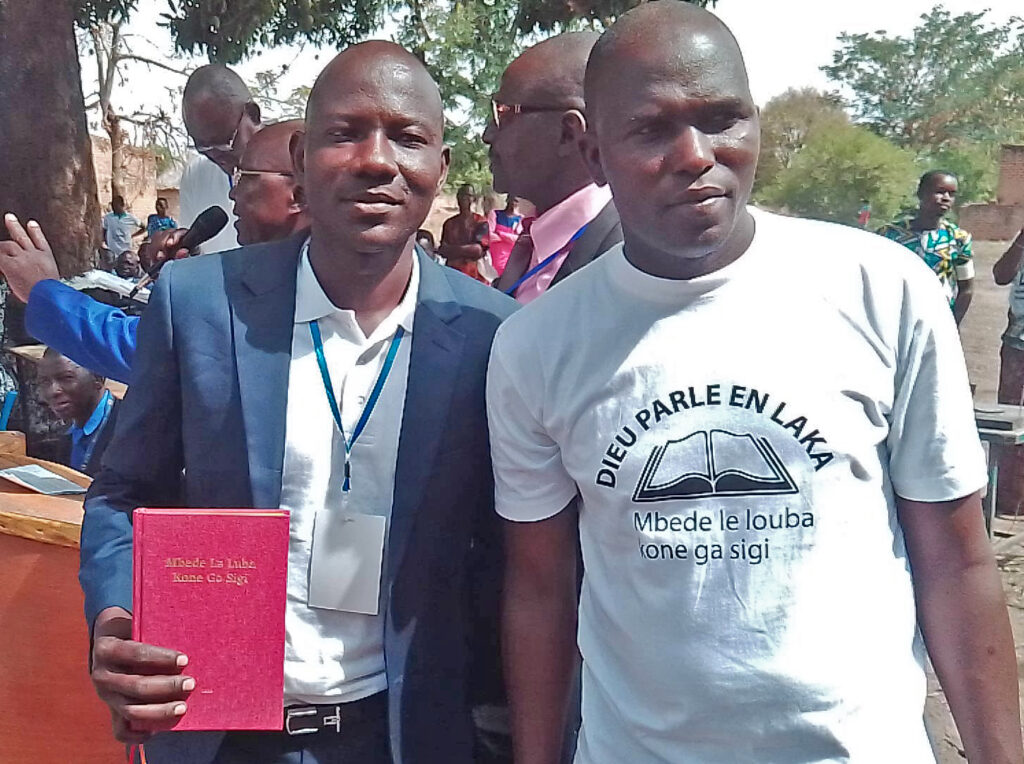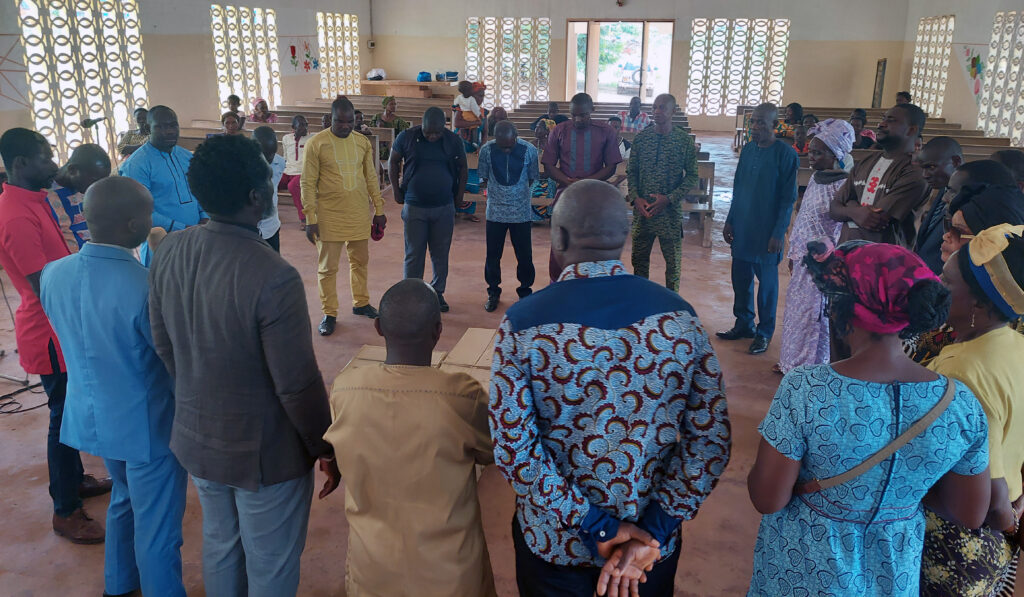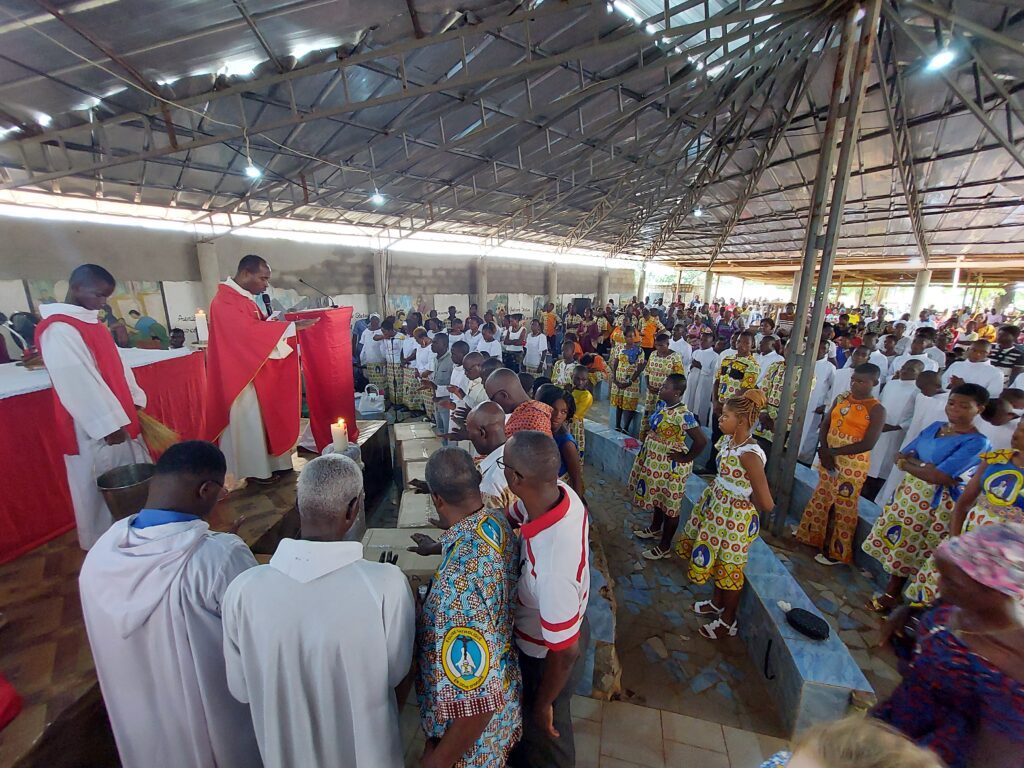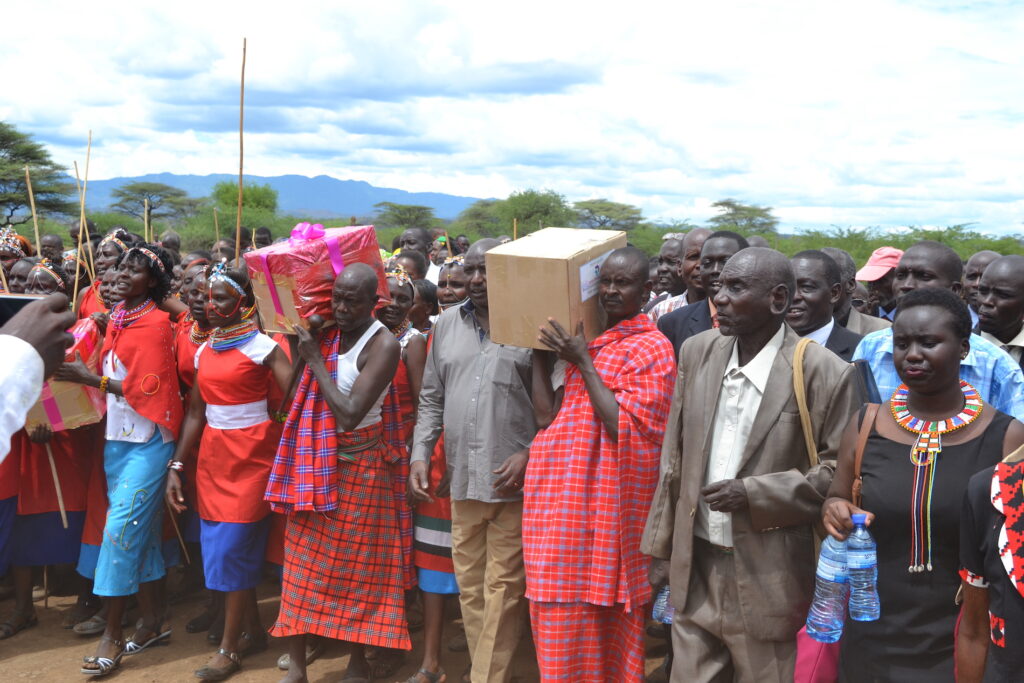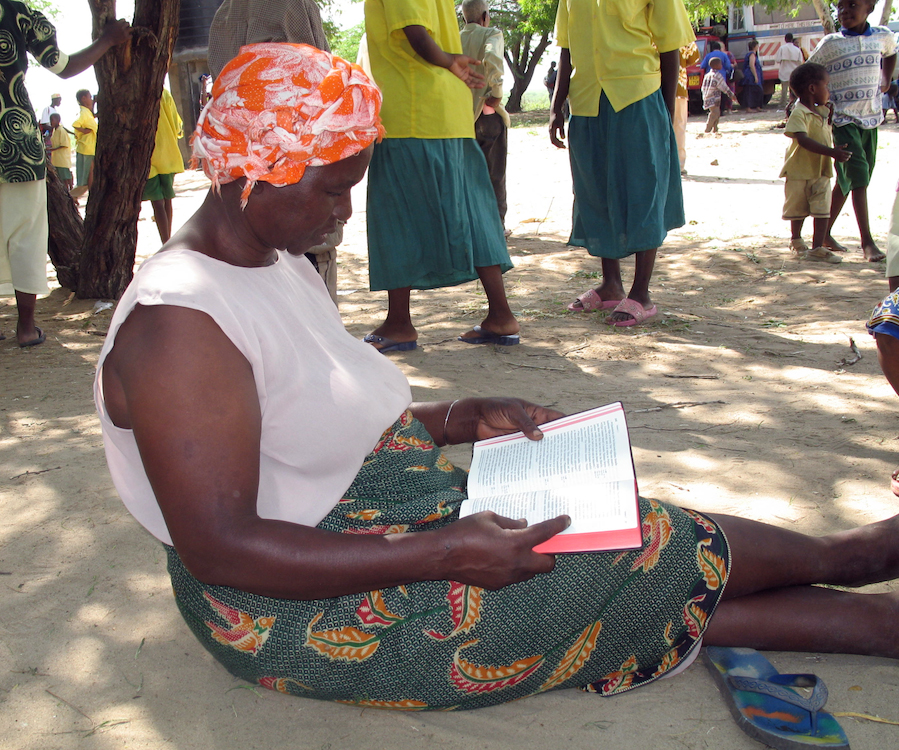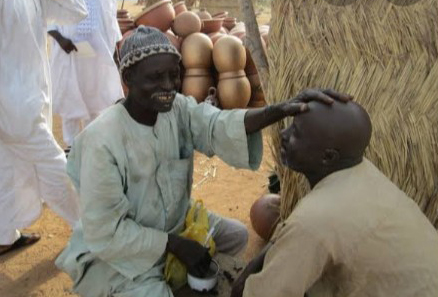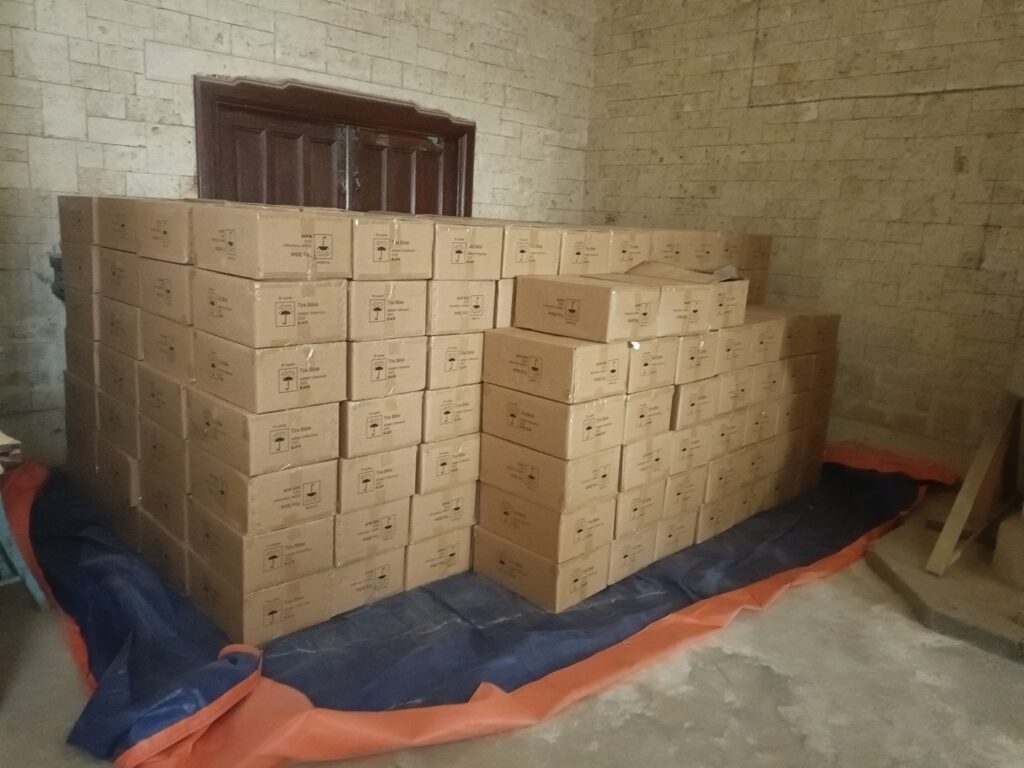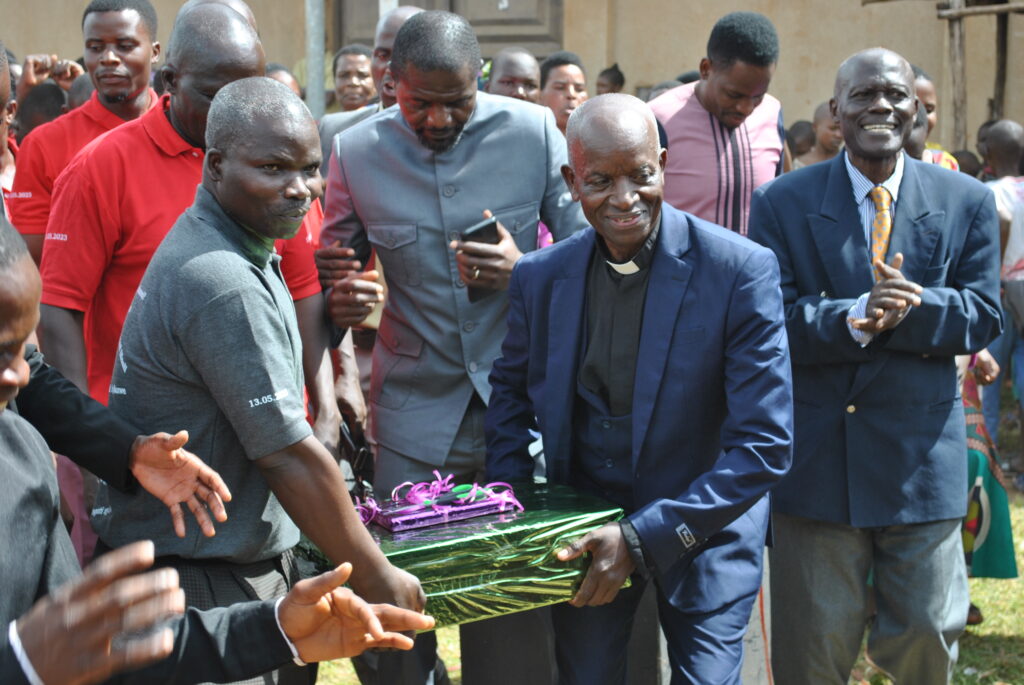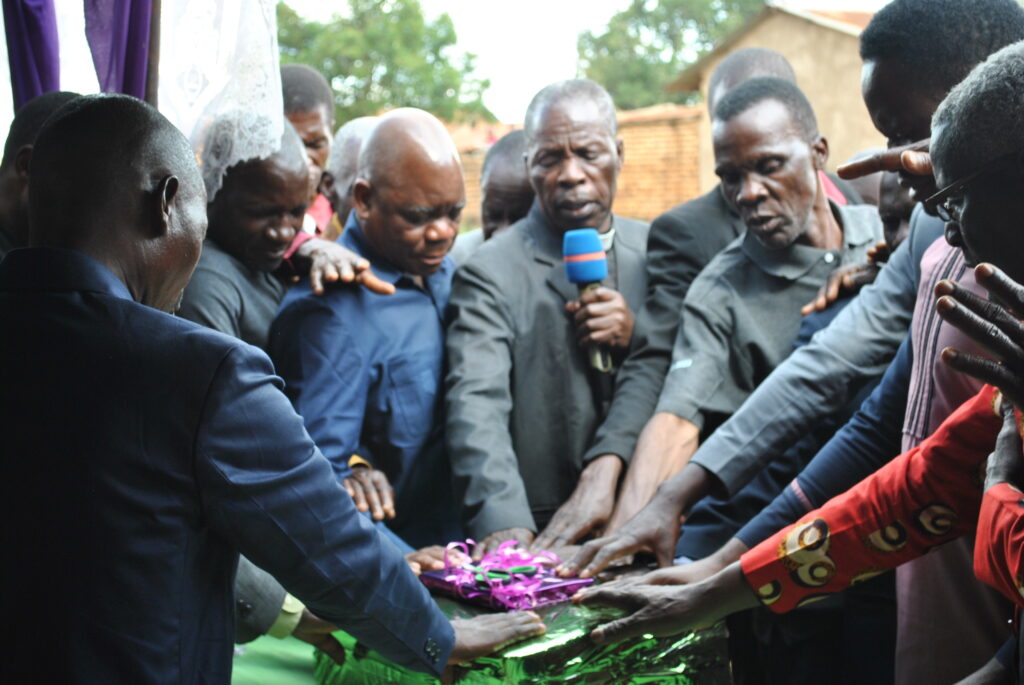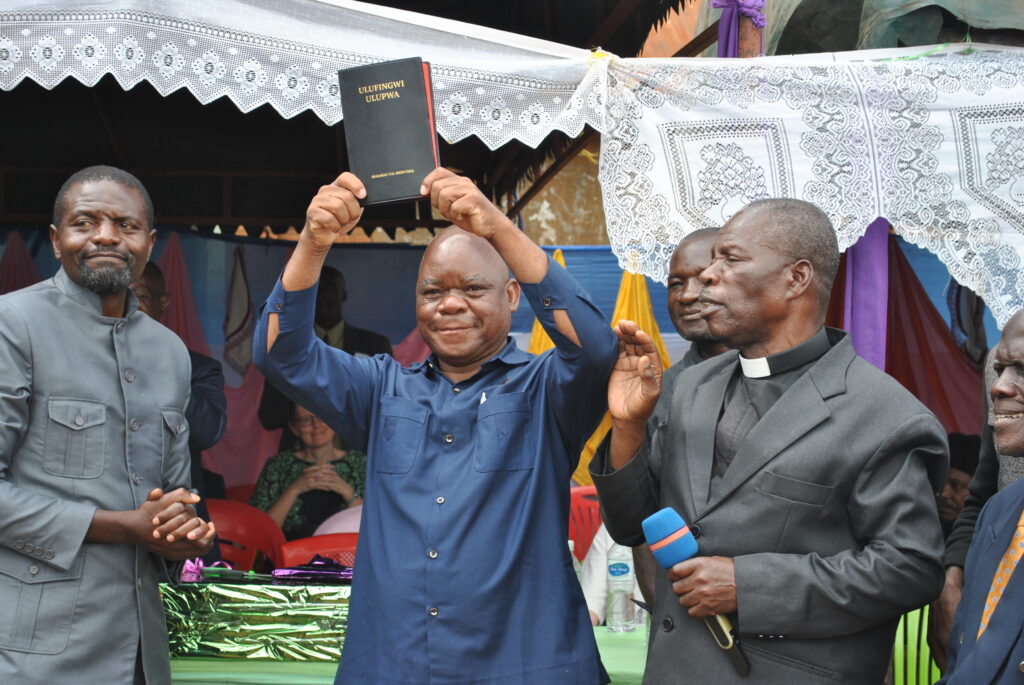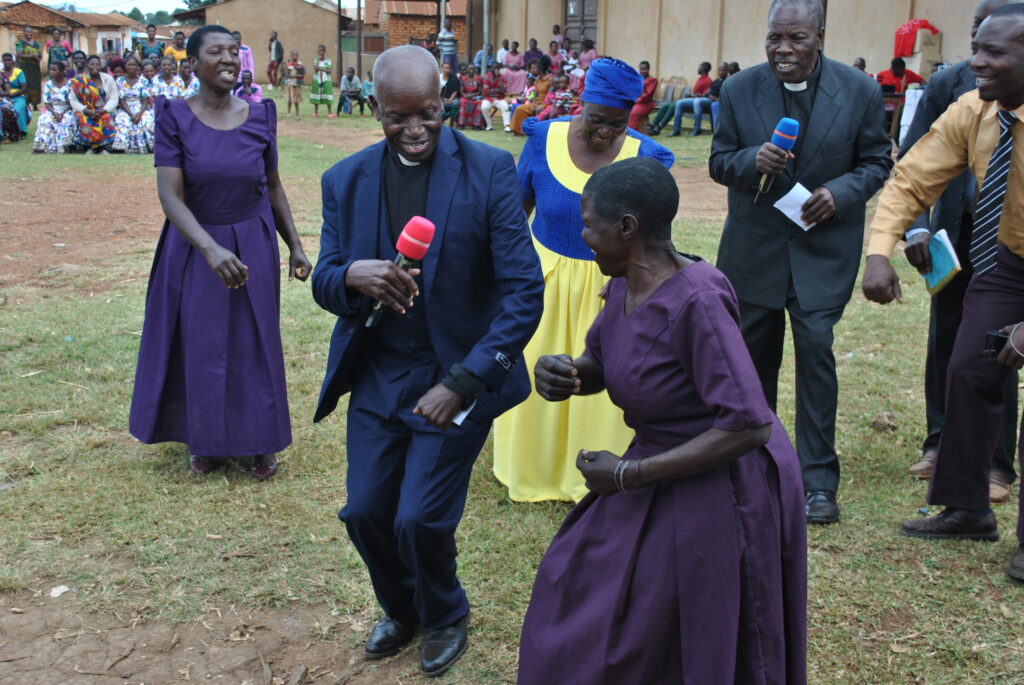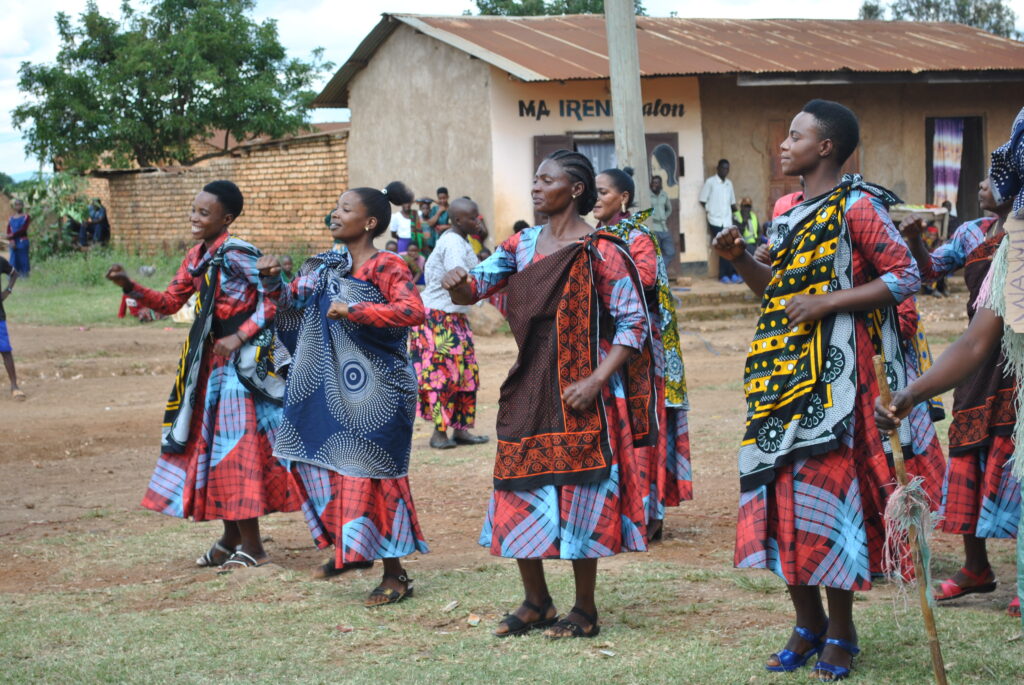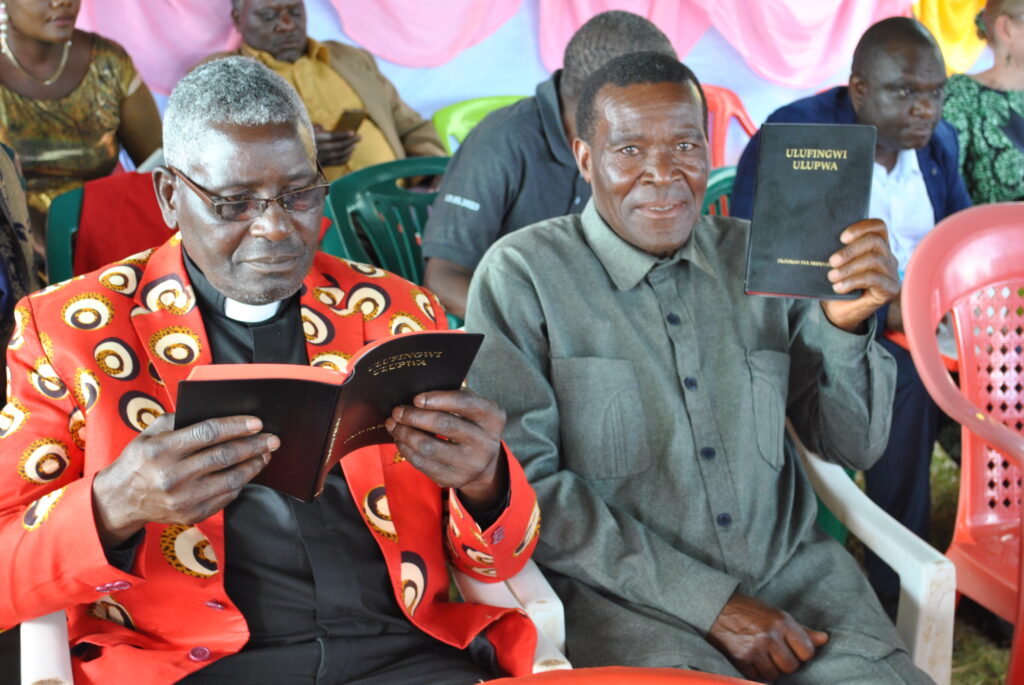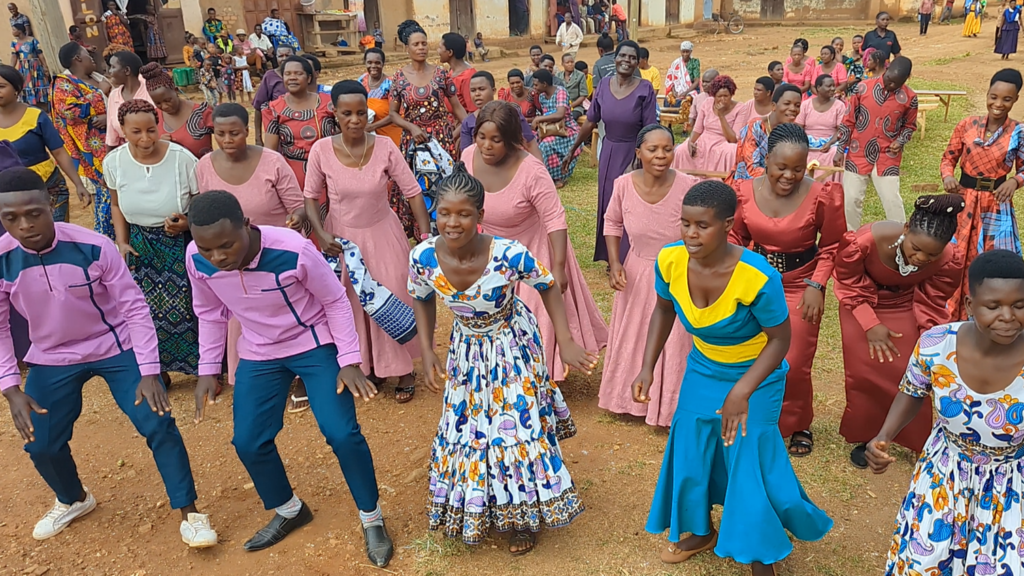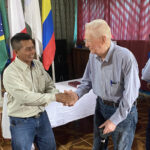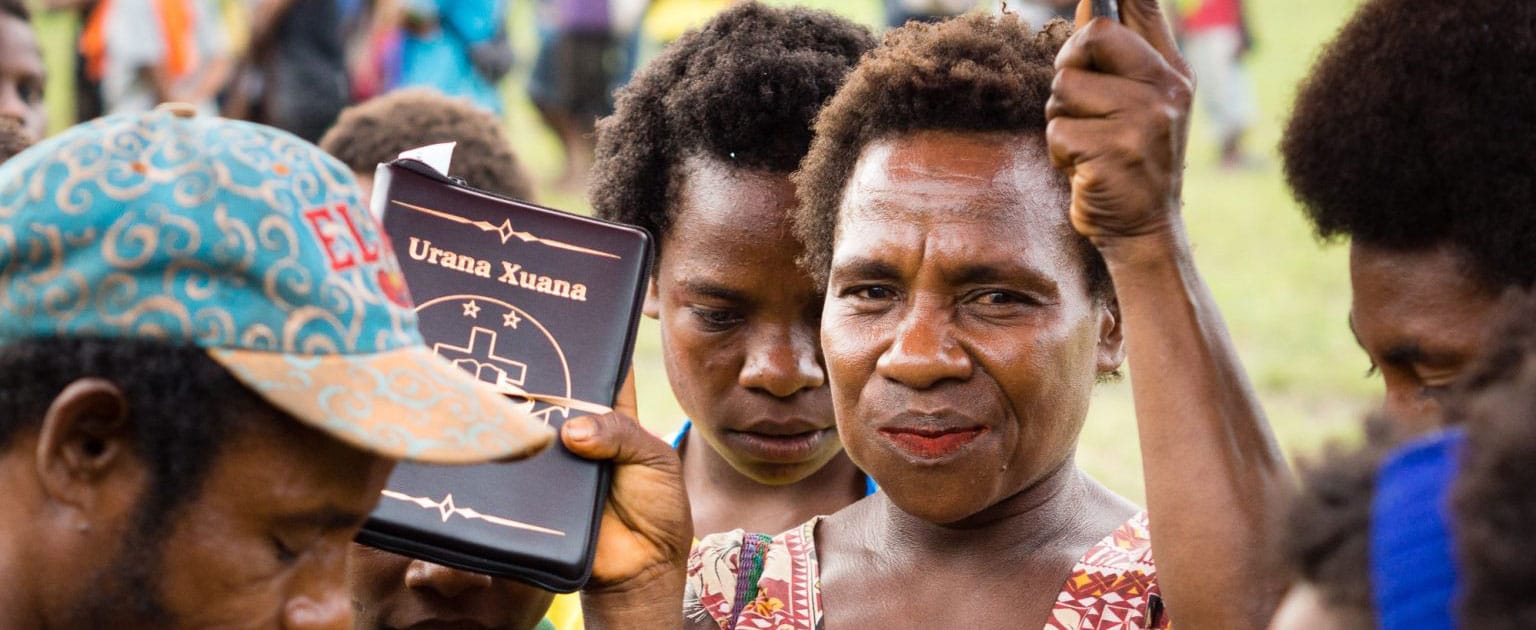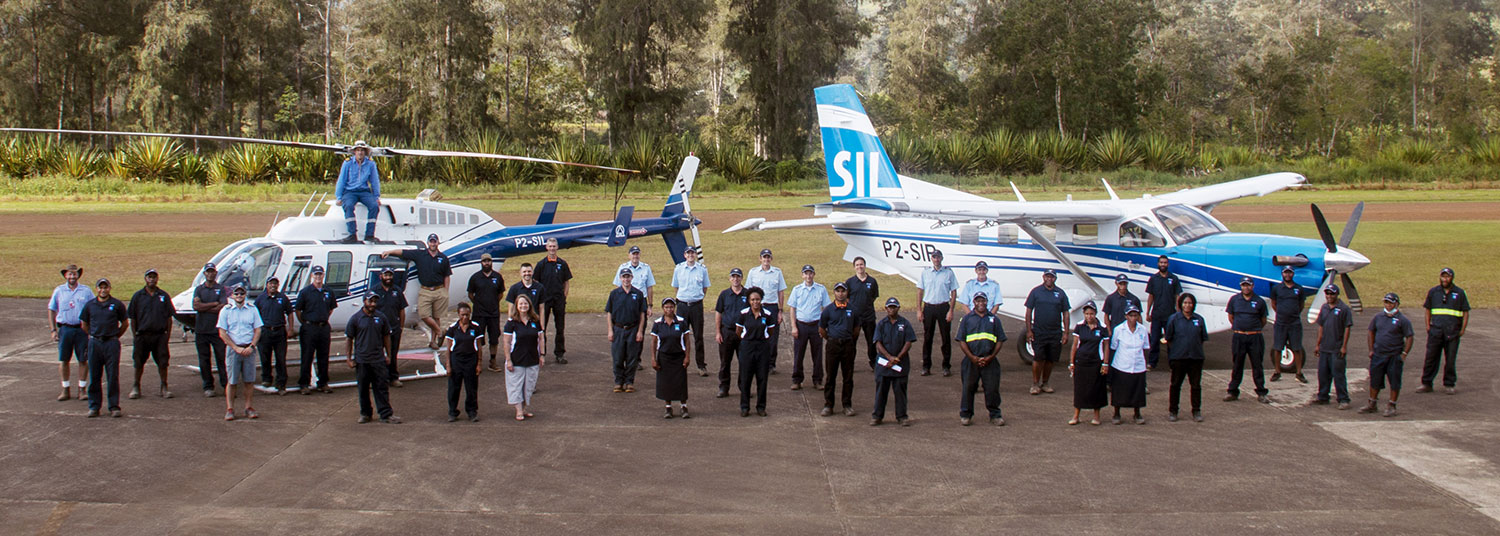Harmattan Readiness
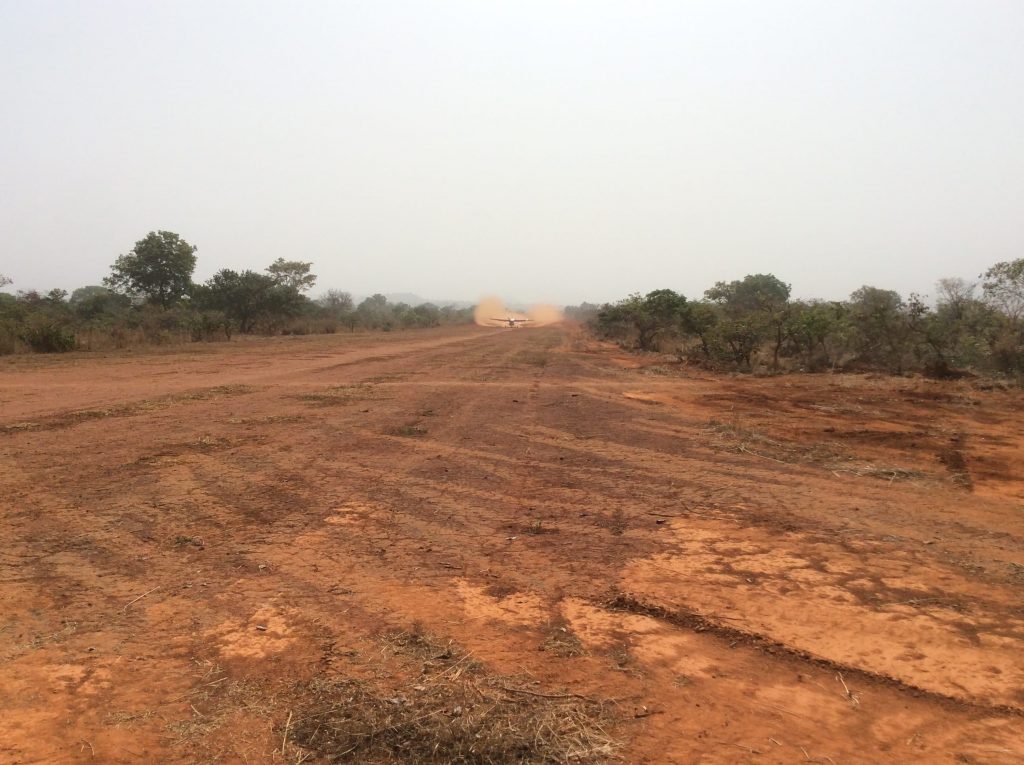
Have you ever heard of Harmattan? It’s a weather phenomenon caused by the prevailing winds of the new year—the end of November through mid-March—in sub-Saharan Africa. As the winds blow across the Sahara desert, they move a massive cloud of dust throughout the entire region. Sometimes this dust cloud can extend from the Sahara desert all the way to the equator. To get an idea of what it’s like to fly in these conditions, find a beige wall, stand about a meter from it, and just stare at it for two and a half hours. That odd little exercise will give you a pretty good idea of what my day can look like as a JAARS pilot in Africa. (Don’t feel bad for me though. There are also plenty of times when I get to see the most beautiful scenery you can imagine!)
Flying on those really dusty days isn’t much fun but I don’t mind it. I don’t serve here in Africa because it’s fun. God has given me the privilege of serving 13 different language groups in the northern region of our country. All 13 of these languages are progressively accessing more of God’s Word in a language they clearly understand. I sincerely consider myself and each member of our flight department to be privileged to provide the safe, reliable transportation that is so lacking in our region. For many people it may be an unnerving thought to fly around in such a dusty, secluded part of the planet, but thanks to the good training I’ve received from JAARS it doesn’t bother me a bit. JAARS provides both the specialized training and good equipment that our flight department needs to enable us to fulfill the calling that God has placed on our lives—to support the establishment of his kingdom in every corner of the earth.
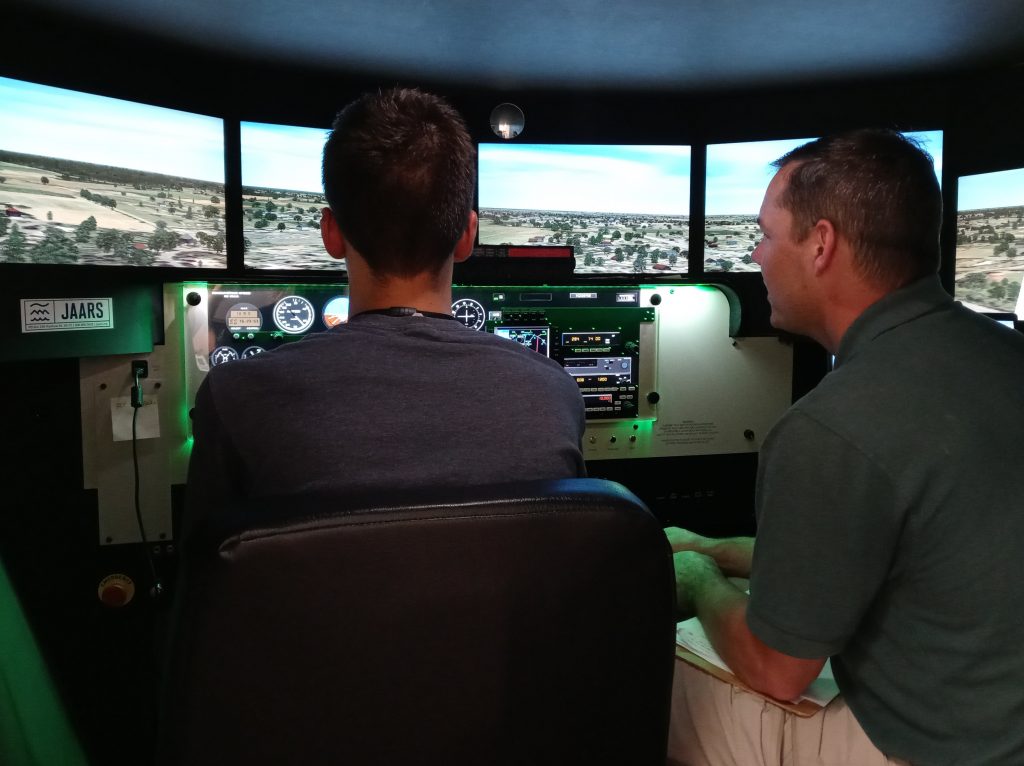
Each time I go home on furlough, I get one-on-one training time with experienced JAARS flight instructors who work to ensure that I am a safe and knowledgeable pilot. To be prepared for the days when Harmattan is really bad, I spend time in a sophisticated flight simulator and practice how to accurately fly an instrument approach into a larger airport. Sometimes, however, the destination airport isn’t really an airport at all but more closely resembles a wide dirt road cut out of the red African soil. When an airstrip like that is my destination on a really dusty day, I have to configure the airplane for what we call “exploratory flight.” Then I can fly very slowly and in a much smaller area to carefully make my way to the runway and have a safe, uneventful landing.
Often, after I have successfully accomplished a challenging flight, I reflect on how my team works together so hard to make the airplane that I fly safe. I remember all those flight instructors back at JAARS in North Carolina who invested a lot of thought and time and prayer into me so that I can serve effectively as a missionary pilot in Africa. Again, I consider myself privileged so play a small role on a big team who collectively work to herald the day when God’s beautiful kingdom has come and his will is perfectly done.


